Scenes of mangroves, coastal communities and sprawling farmland where high-rise HDBs now stand.
Night soil collectors, letter writers, samsui women. Devotees boarding bumboats as they head for Kusu Island.
See Singapore in its transformational years through the lens of Dr Ivan Polunin.
Arriving as a 28-year-old medical doctor in 1948 from England to serve his national service at hospitals in Johor and Singapore, Dr Ivan Polunin would spend his career teaching medical students and researching tropical diseases.
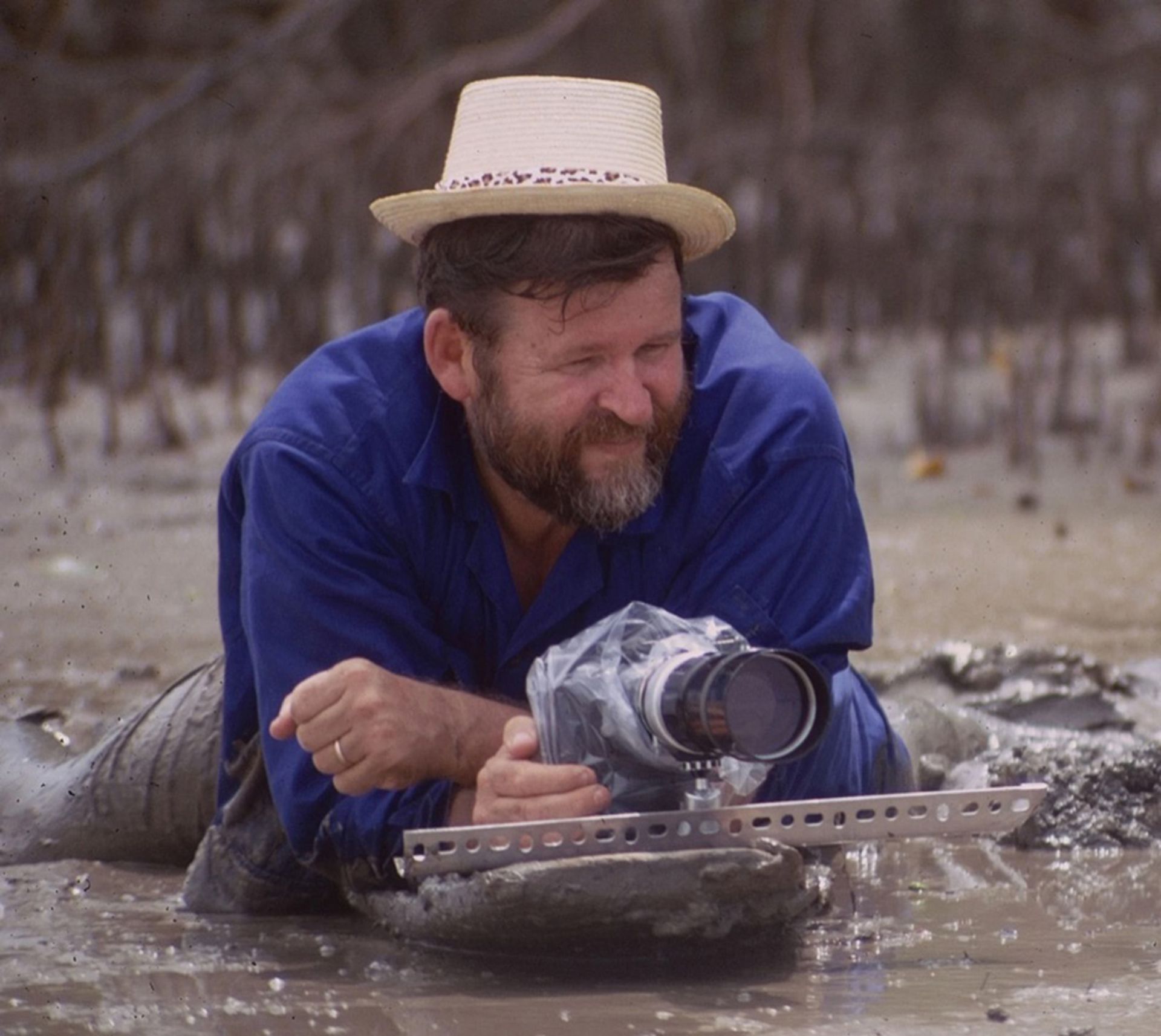
Using photography to document indigenous people of Malaya afflicted by diseases, the young doctor would go on to amass a collection of almost 40,000 photos, 400 audio recordings and 25 hours of film footage from around South-east Asia.
The work also captured various facets of Singapore in its nascent years before and after Independence.
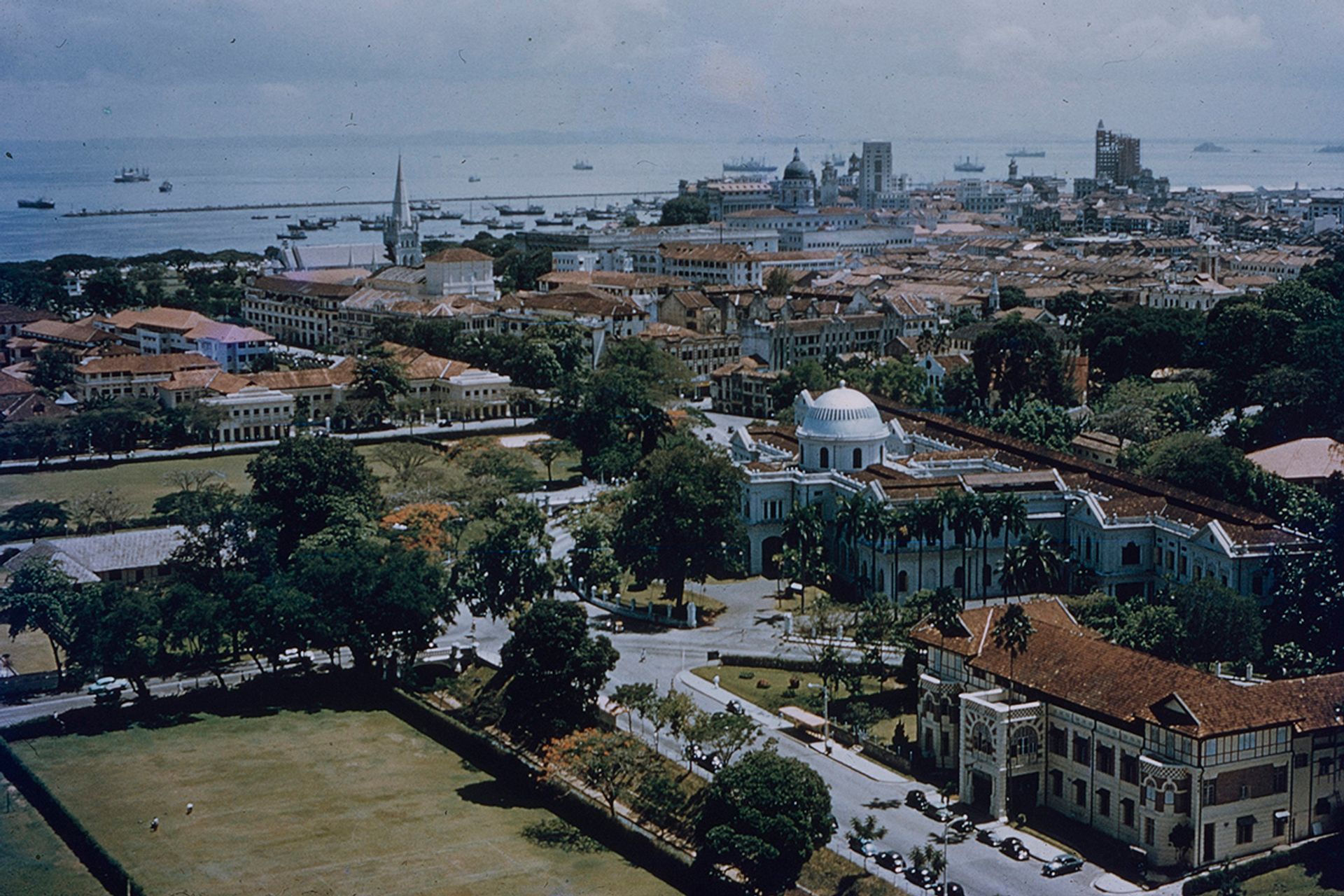
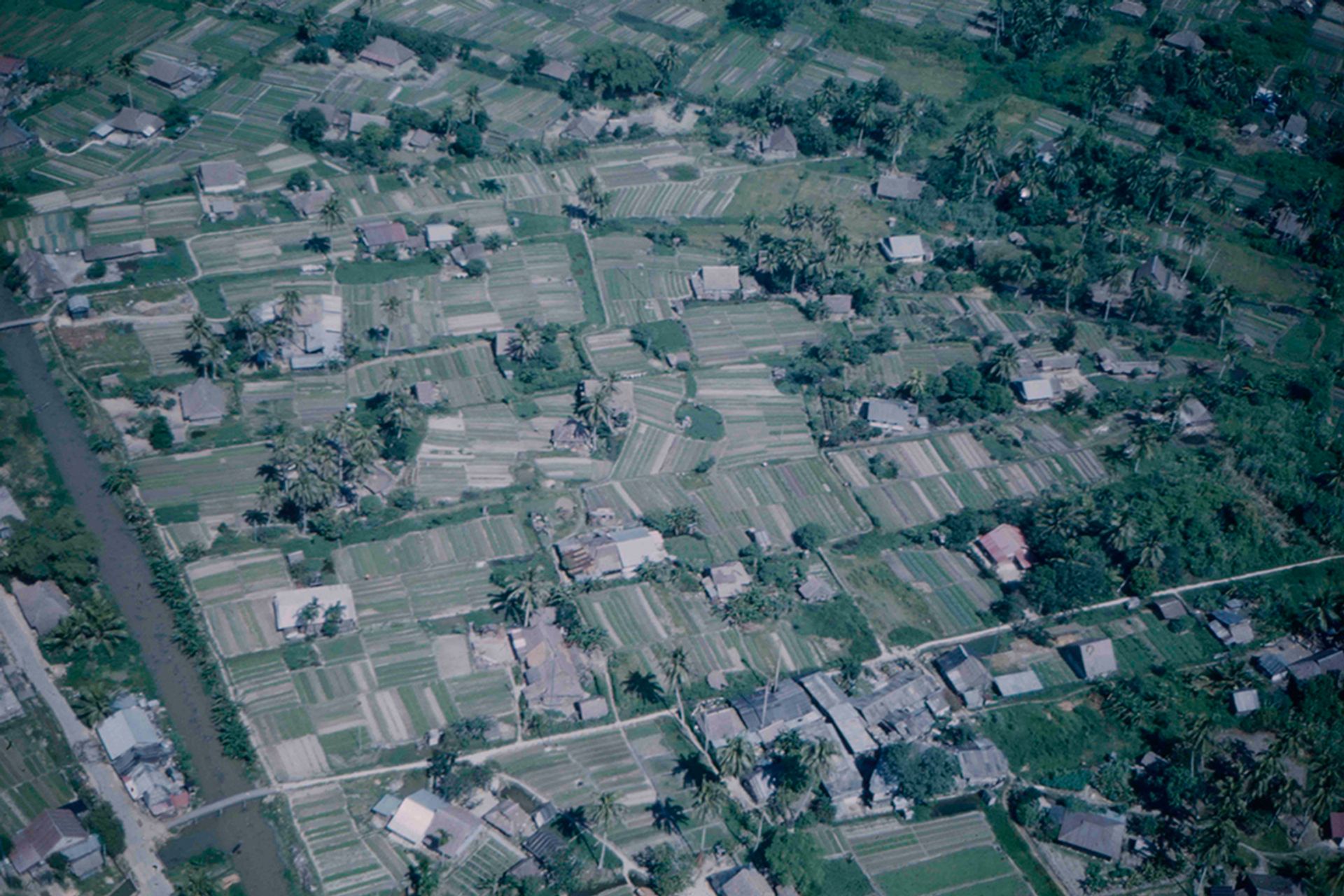
A view of the 198m-tall OCBC Centre towering over shophouses in Chinatown in the mid-1970s.
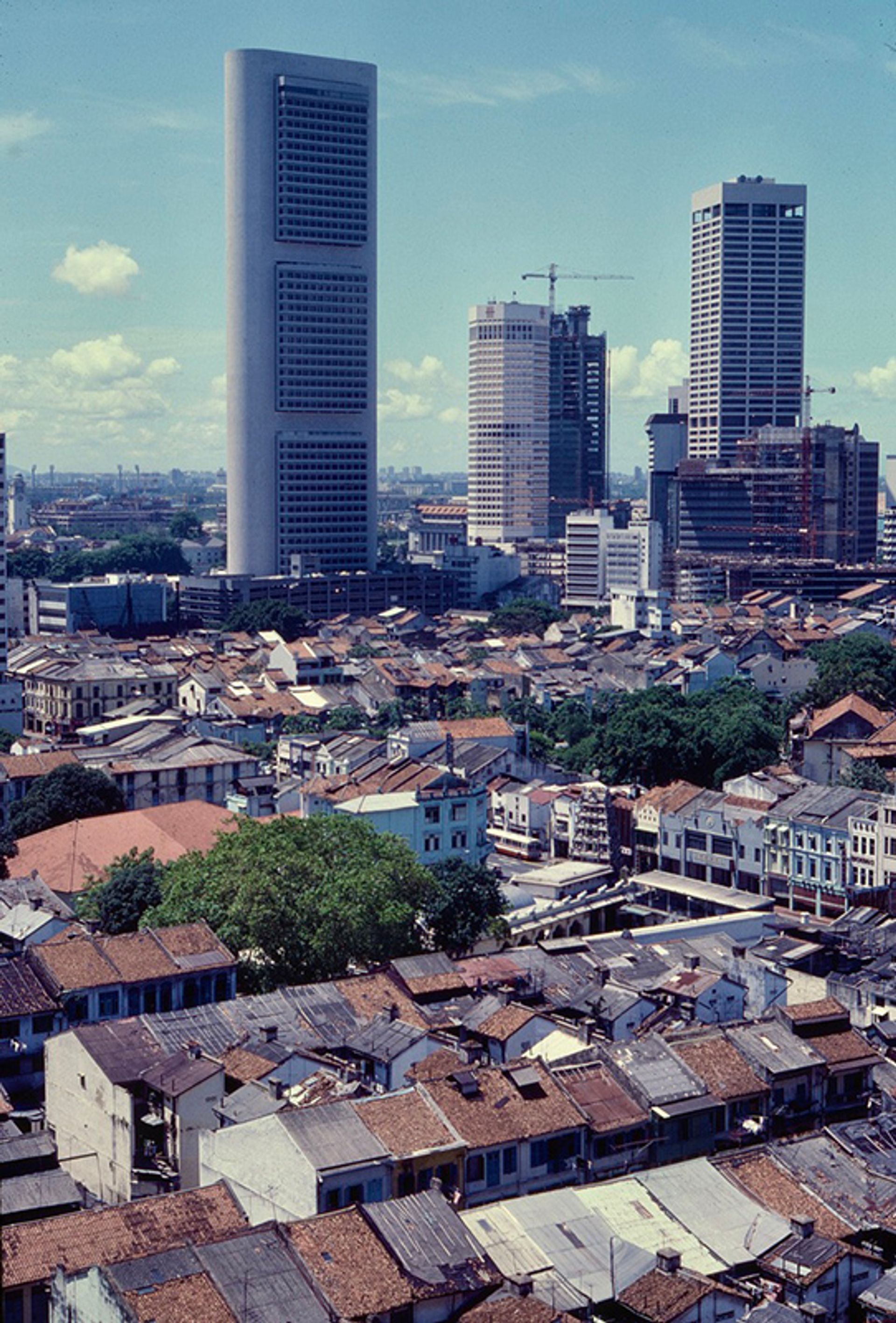
Growing up with brothers who were both botanists, the elder of whom was also an Arctic explorer, it seemed only natural that Dr Polunin would himself develop a keen interest in cultural studies and anthropology, said his grandson, Mr Kazymir Rabier.

Speaking to The Straits Times, the 27-year-old software engineer said of his grandfather’s collection: “Everyone in my generation is aware that Singapore turned itself around in the span of 60 odd years, but to see evidence of it in such beautiful, high-quality media is very rare.”
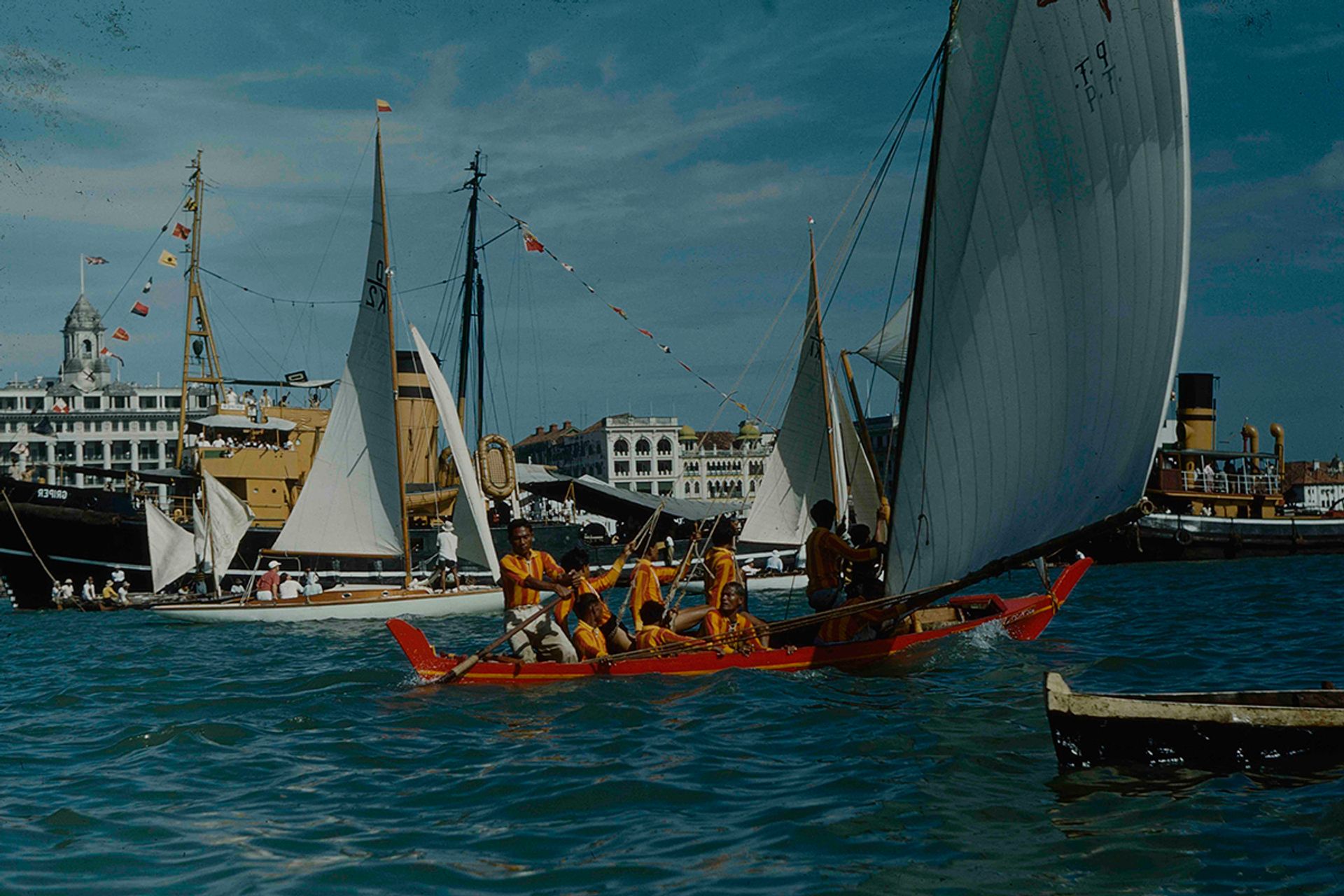
THE JANUARY GAMES
They were held every year, except during the Japanese Occupation, and continued until the early 1960s.
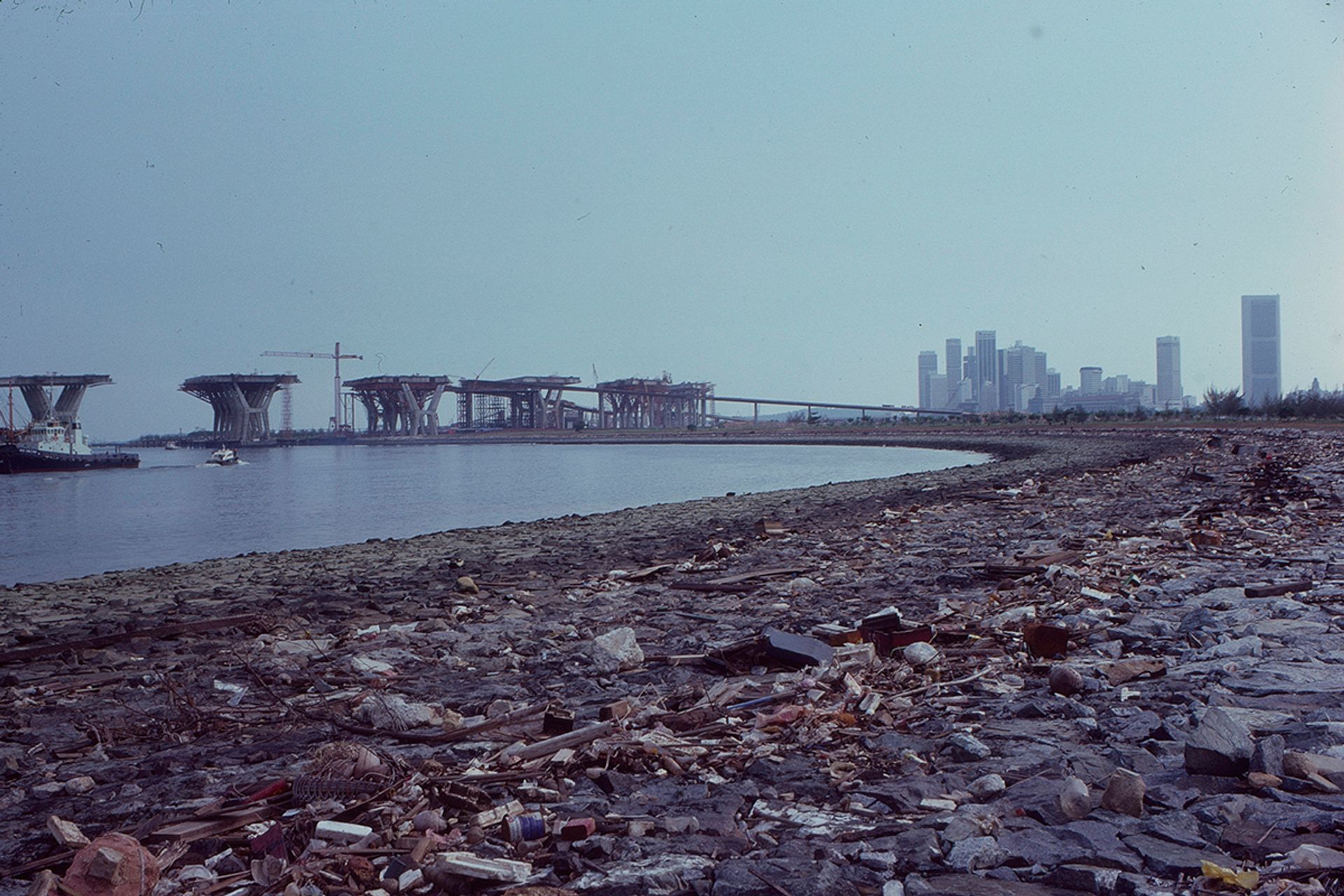
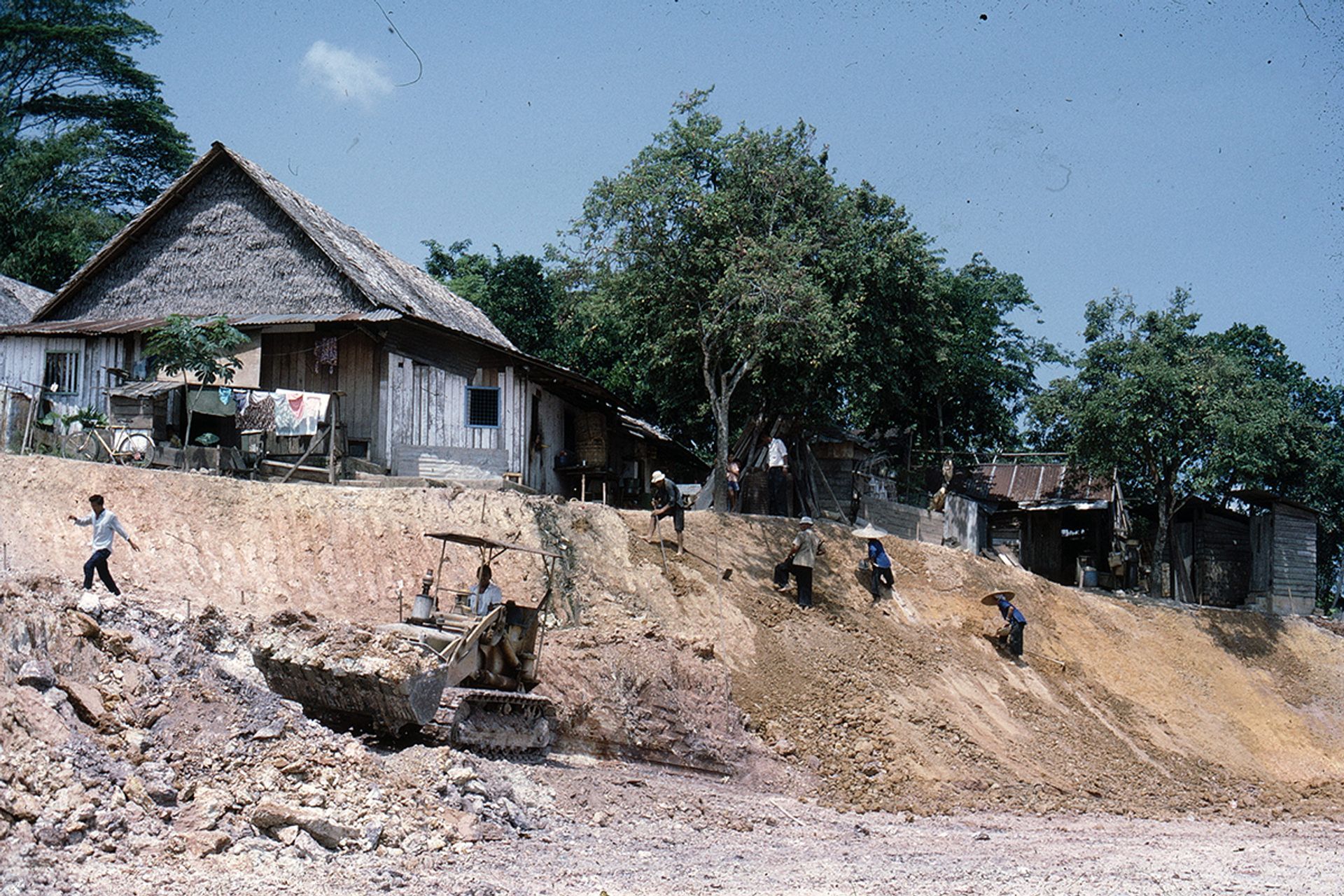
“His work is a testament to a time that is both known and unknown to a large segment of the population. I believe that what he did is a service not just to the country itself, but to history.”
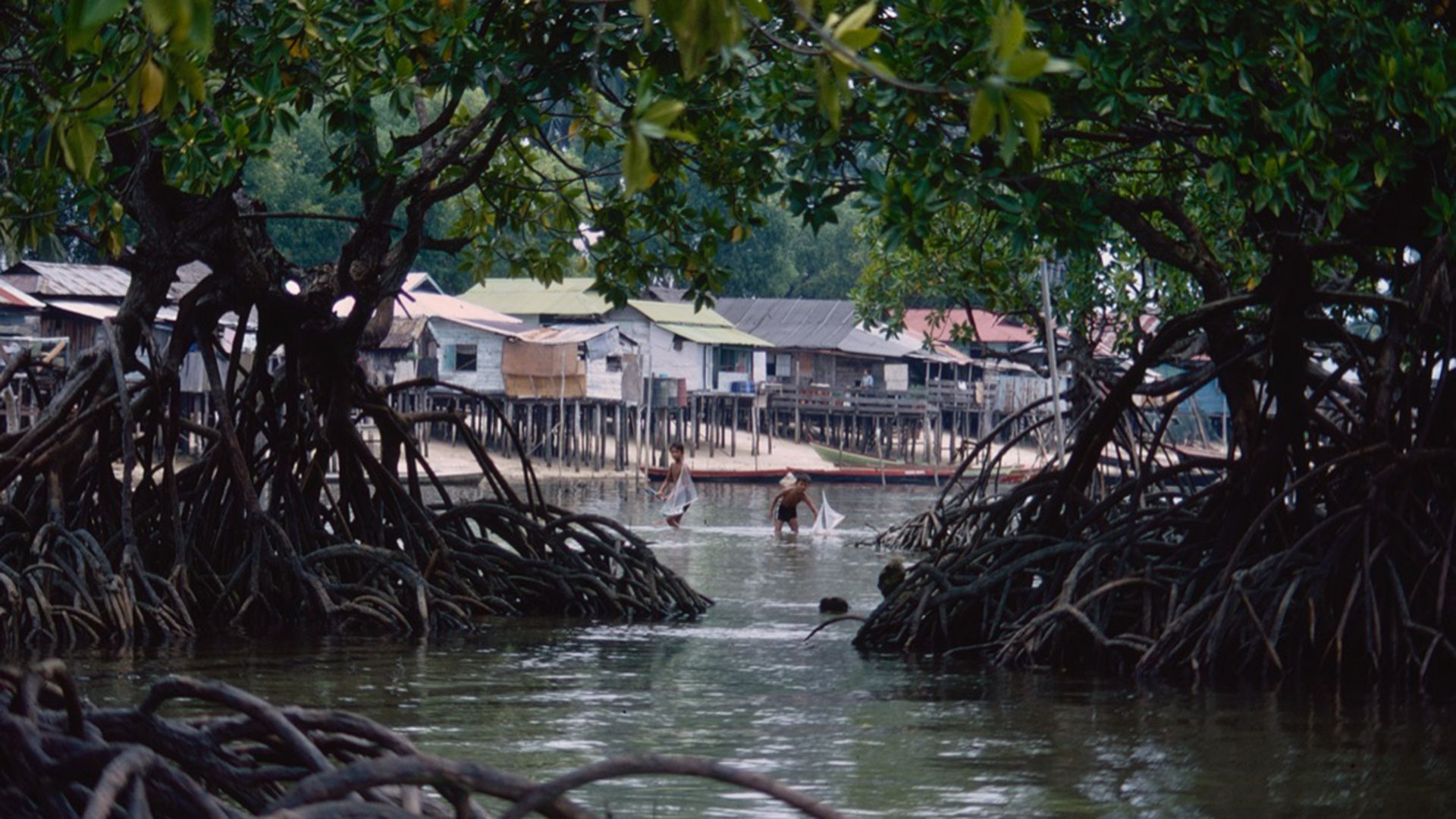
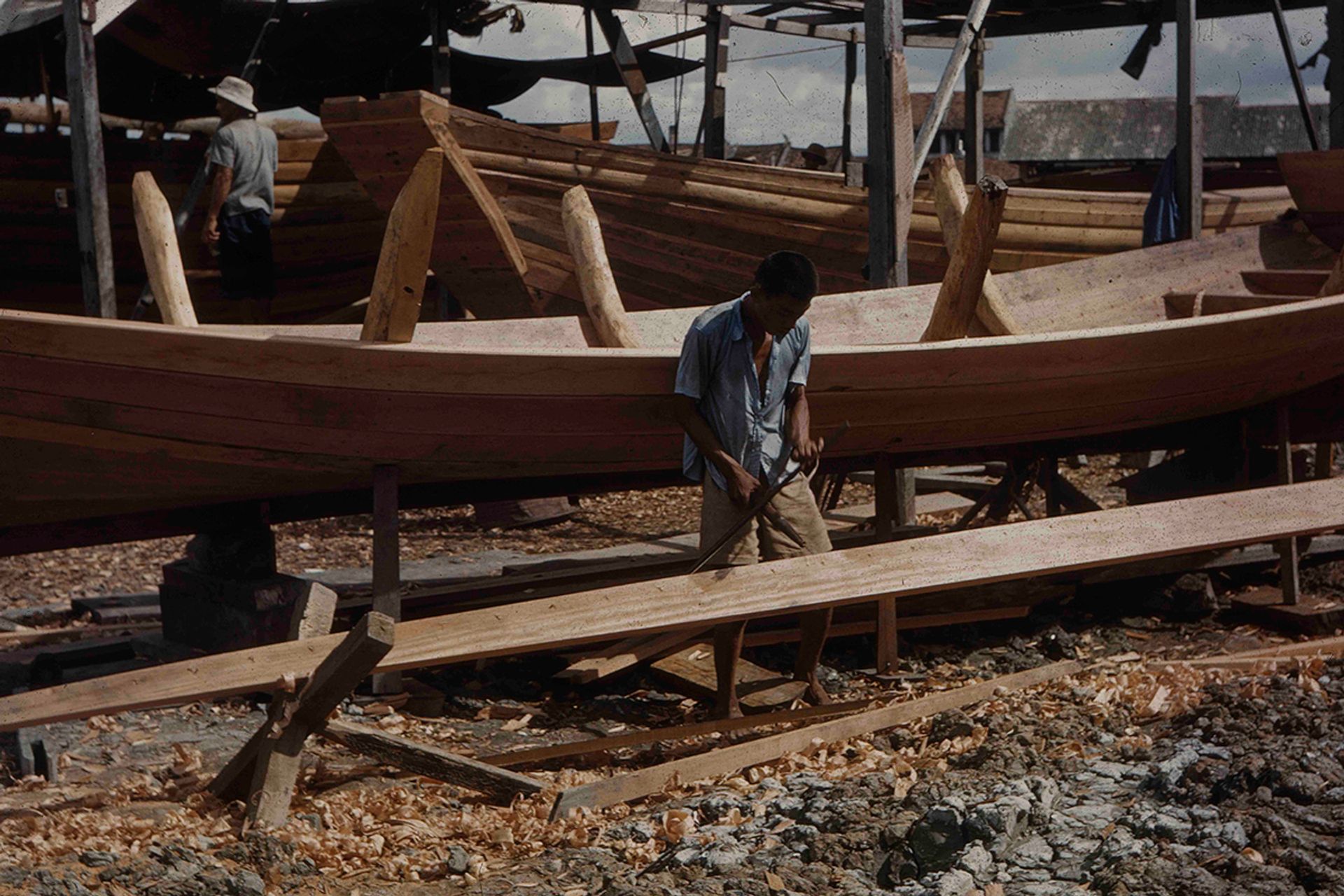
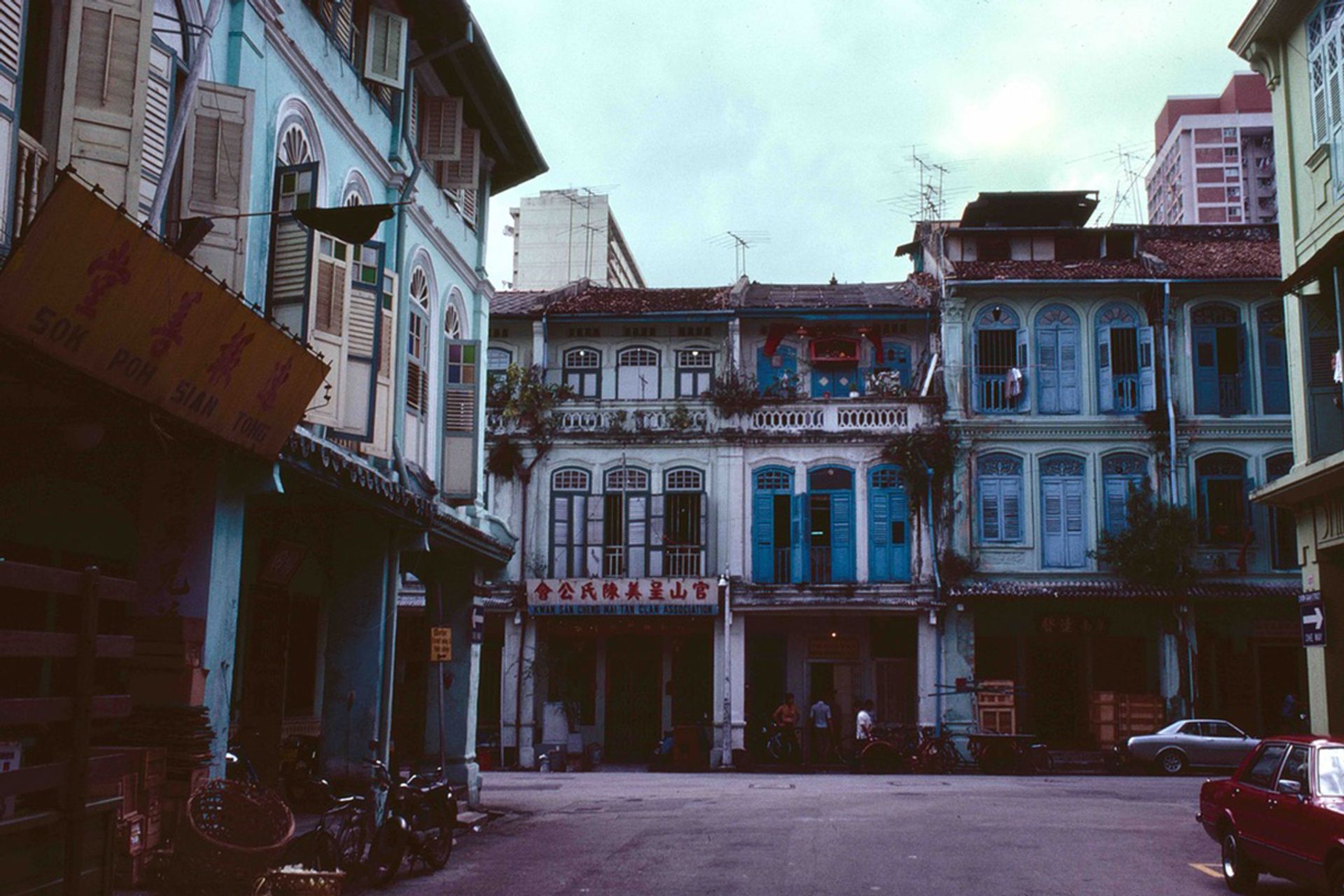
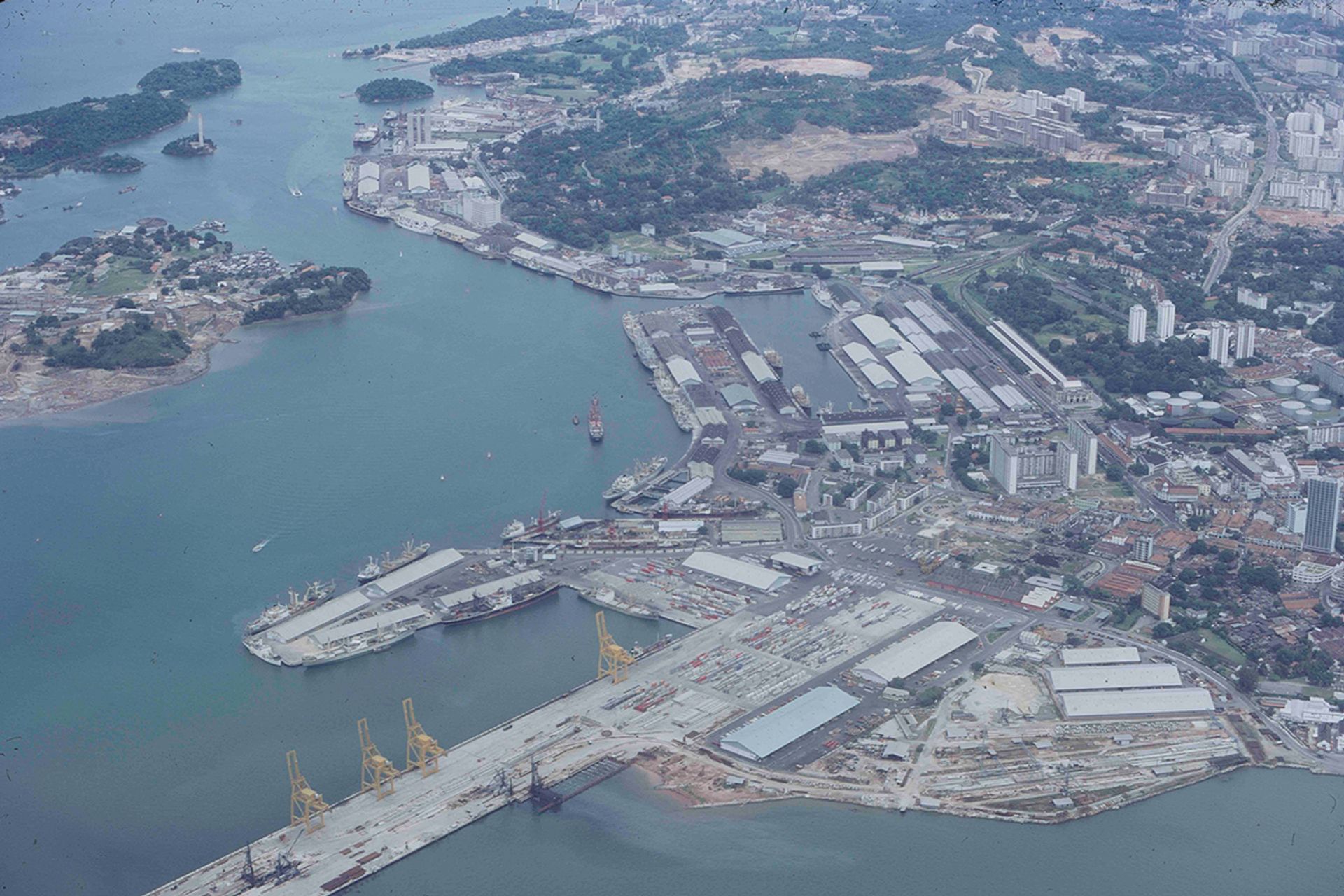
Dr Polunin, who died in 2010 at the age of 90, would spend the last decade of his life compiling his experience documenting the rural communities around Singapore, along with images from the photographs and footage he took, into a book.
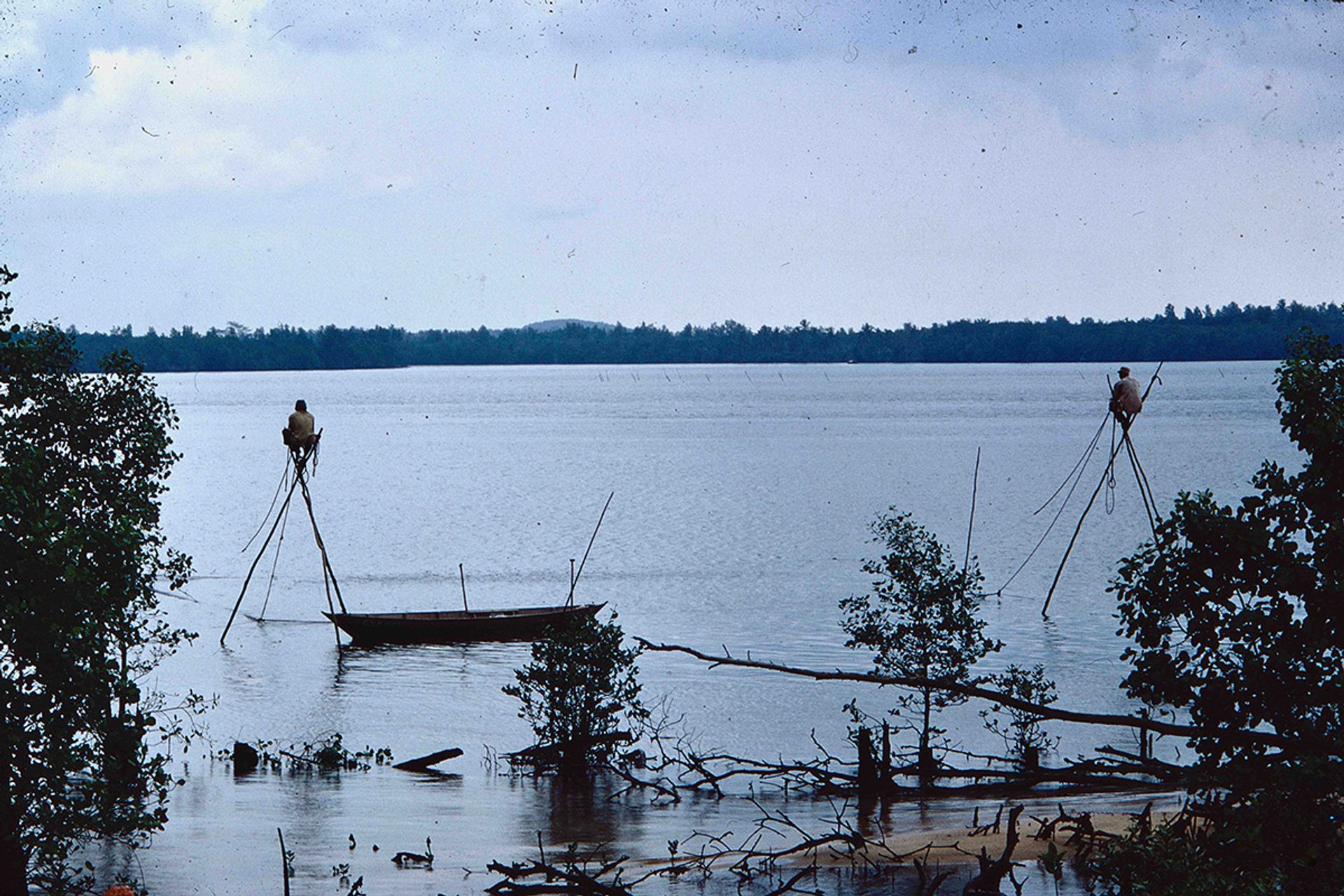
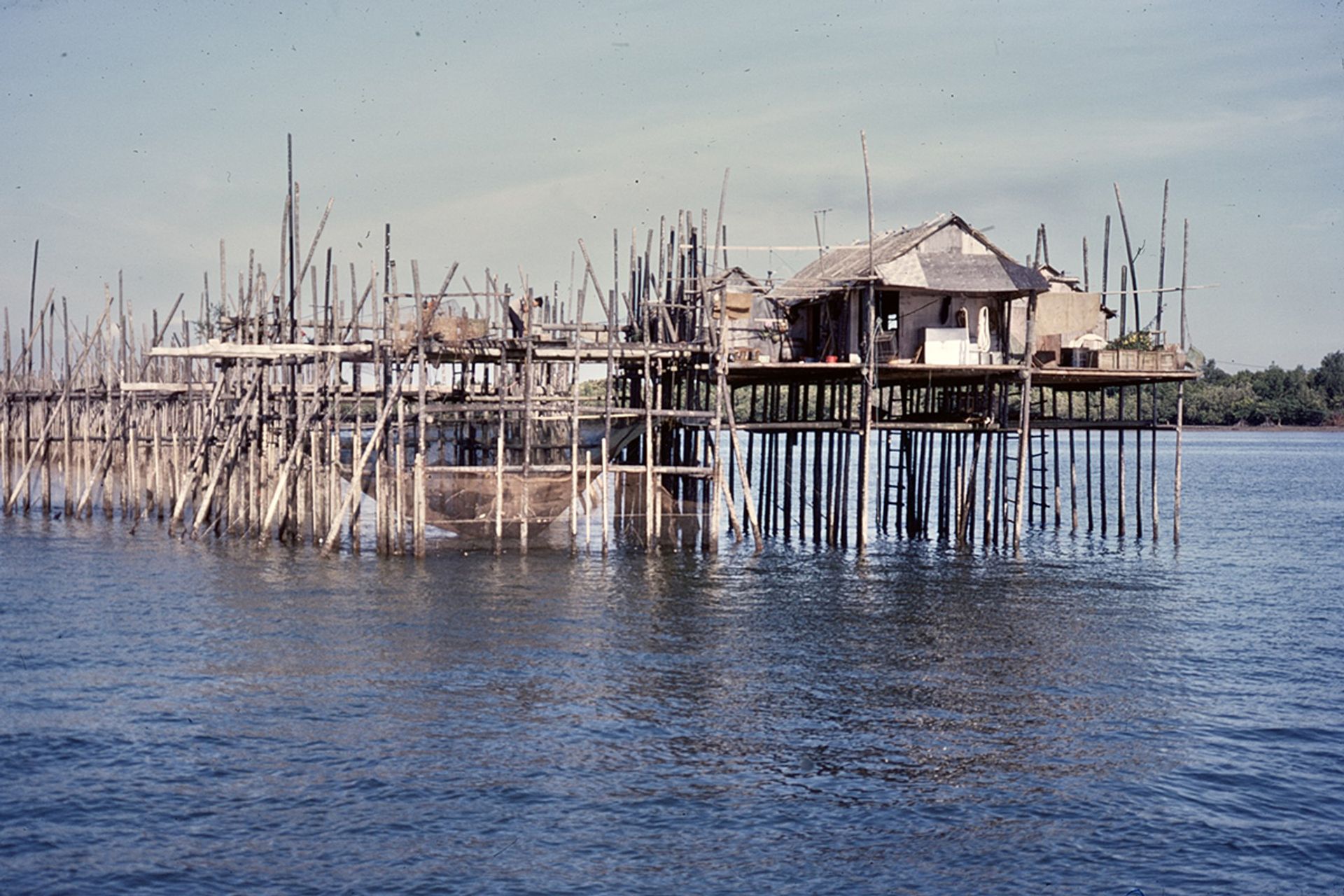
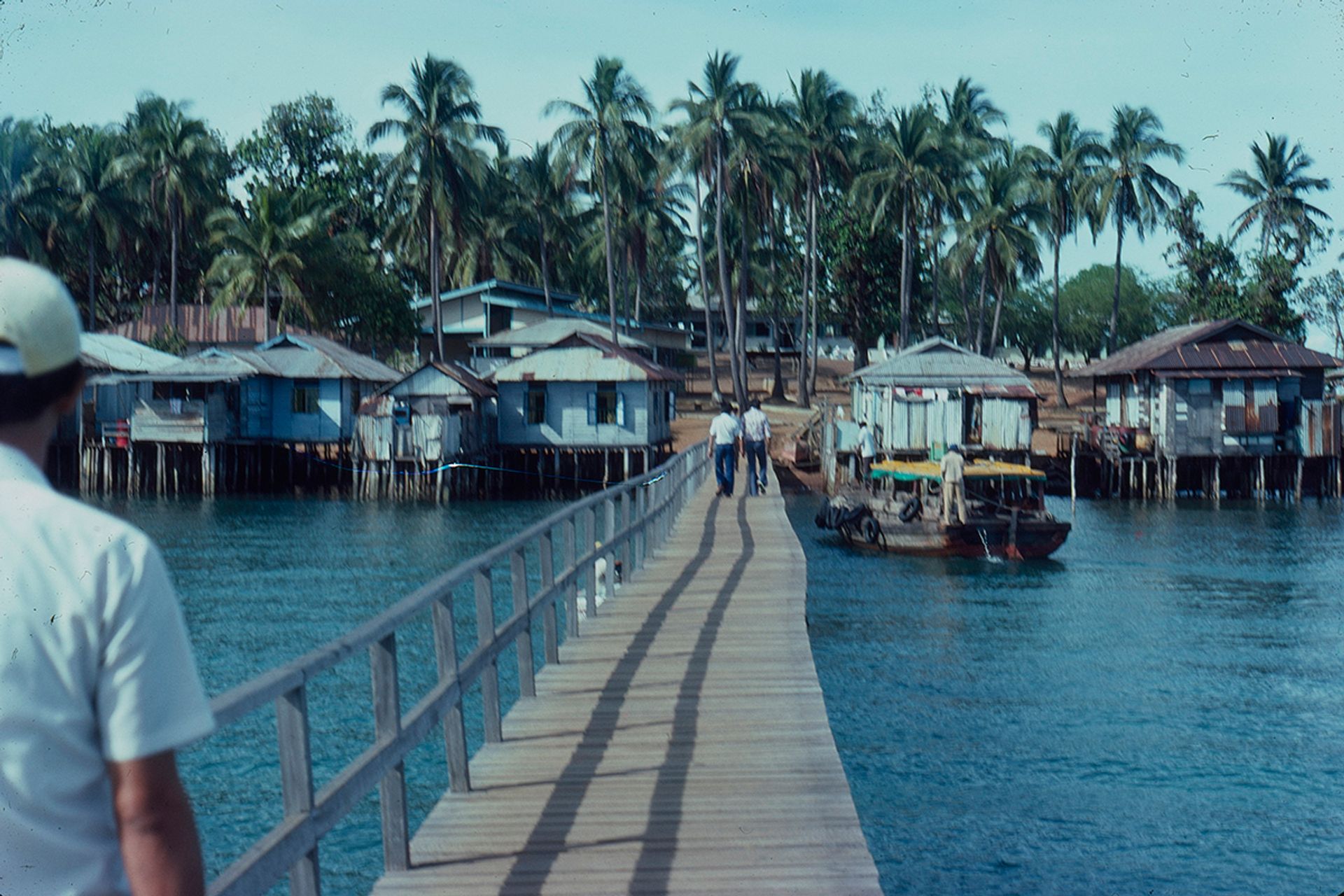
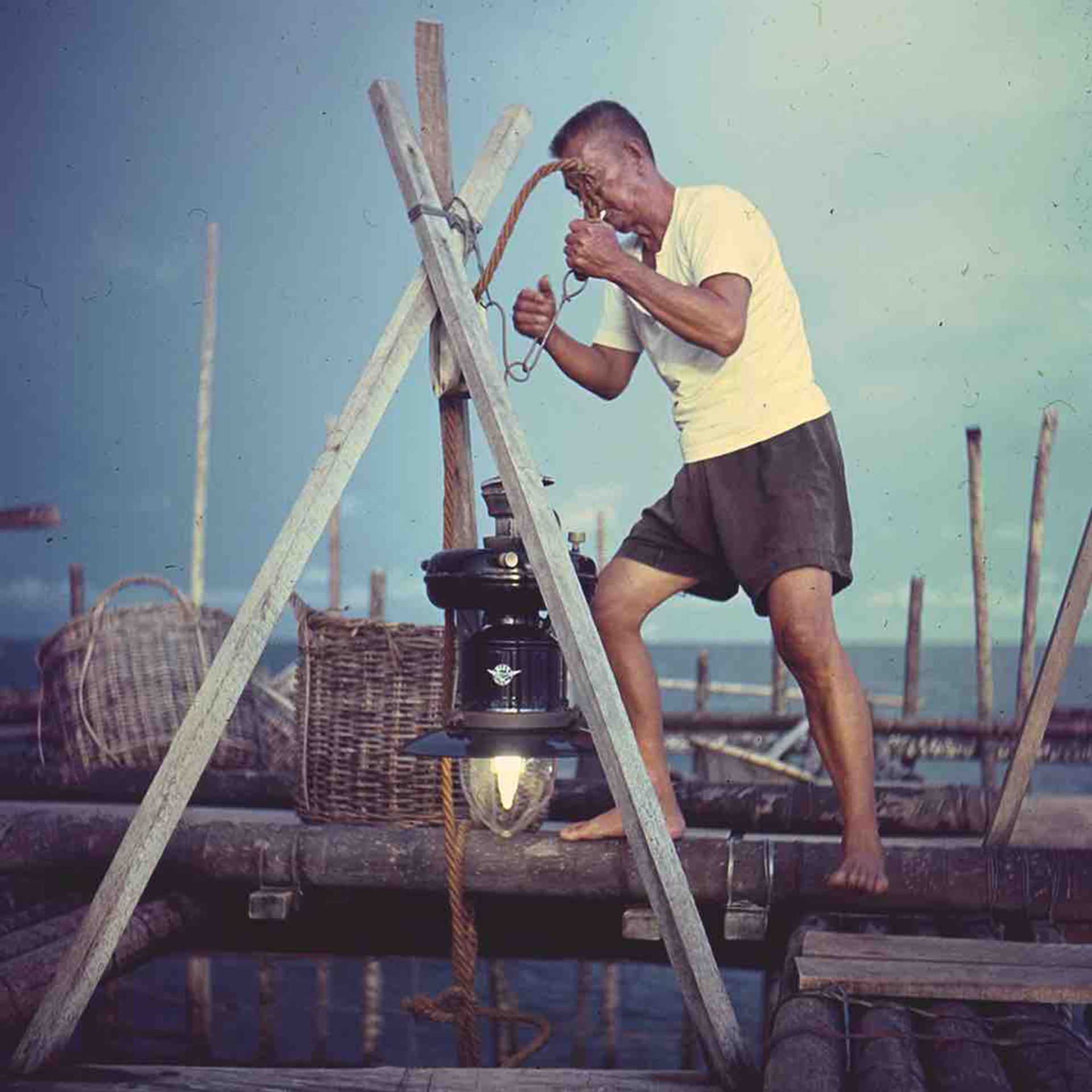
Nicknamed “Das Buch” (German for The Book), the book’s draft would lay untouched for another decade after his death until Dr Polunin’s granddaughter, Ms Asmara Rabier, 29, revived the project by teaming up with one of Singapore’s foremost historians, Dr Kevin Y.L. Tan.
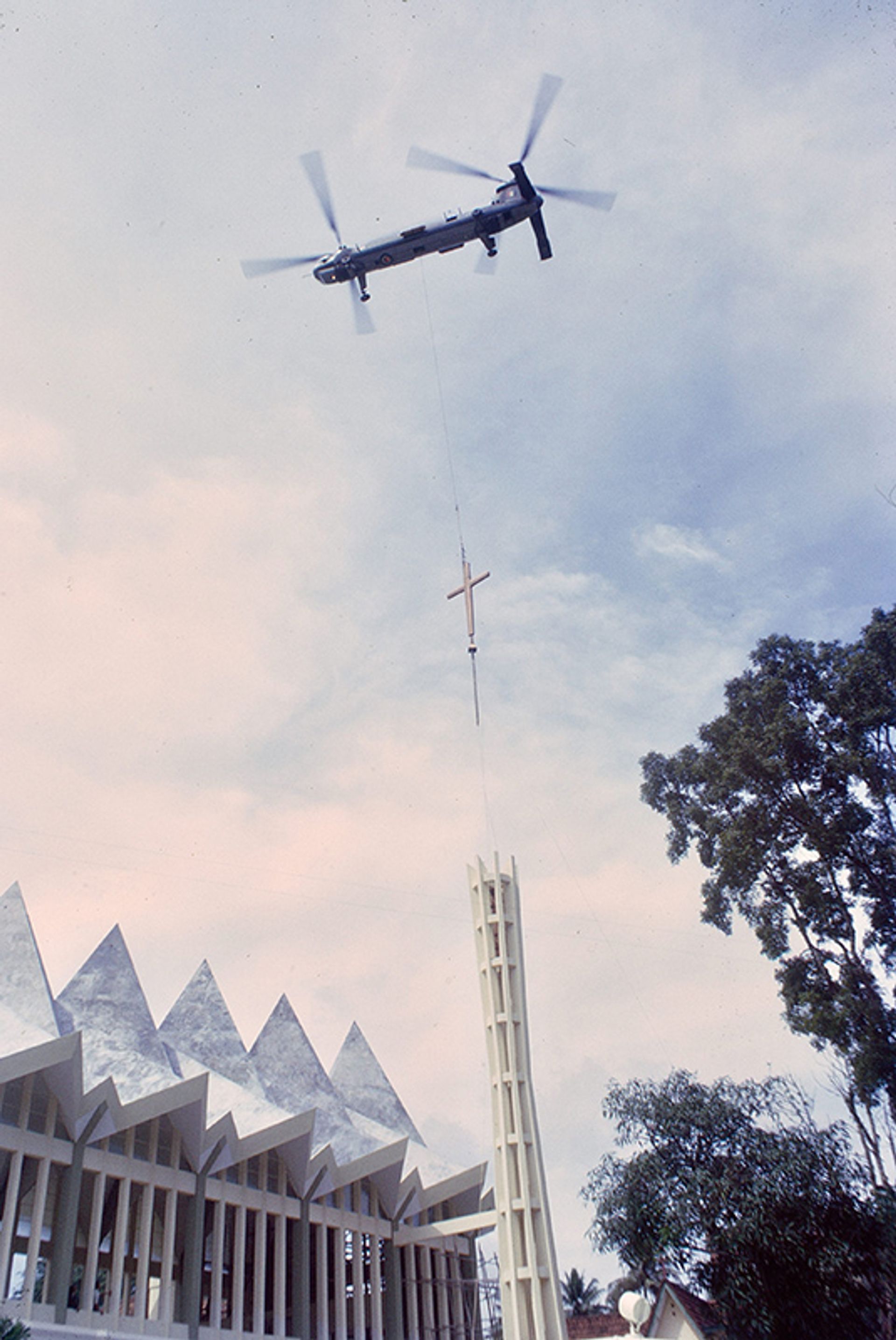
Ms Rabier said: “We’ve been discussing this project since 2020 and in January 2022, I decided to devote myself fully as the project director, archivist, and editor,” leaving her job as an Asian art specialist to do so.
Helping her with the book’s design was Mr Francis Wong and Ms Karen Quek, while the book’s publishing was done by Ms Laura Lau.
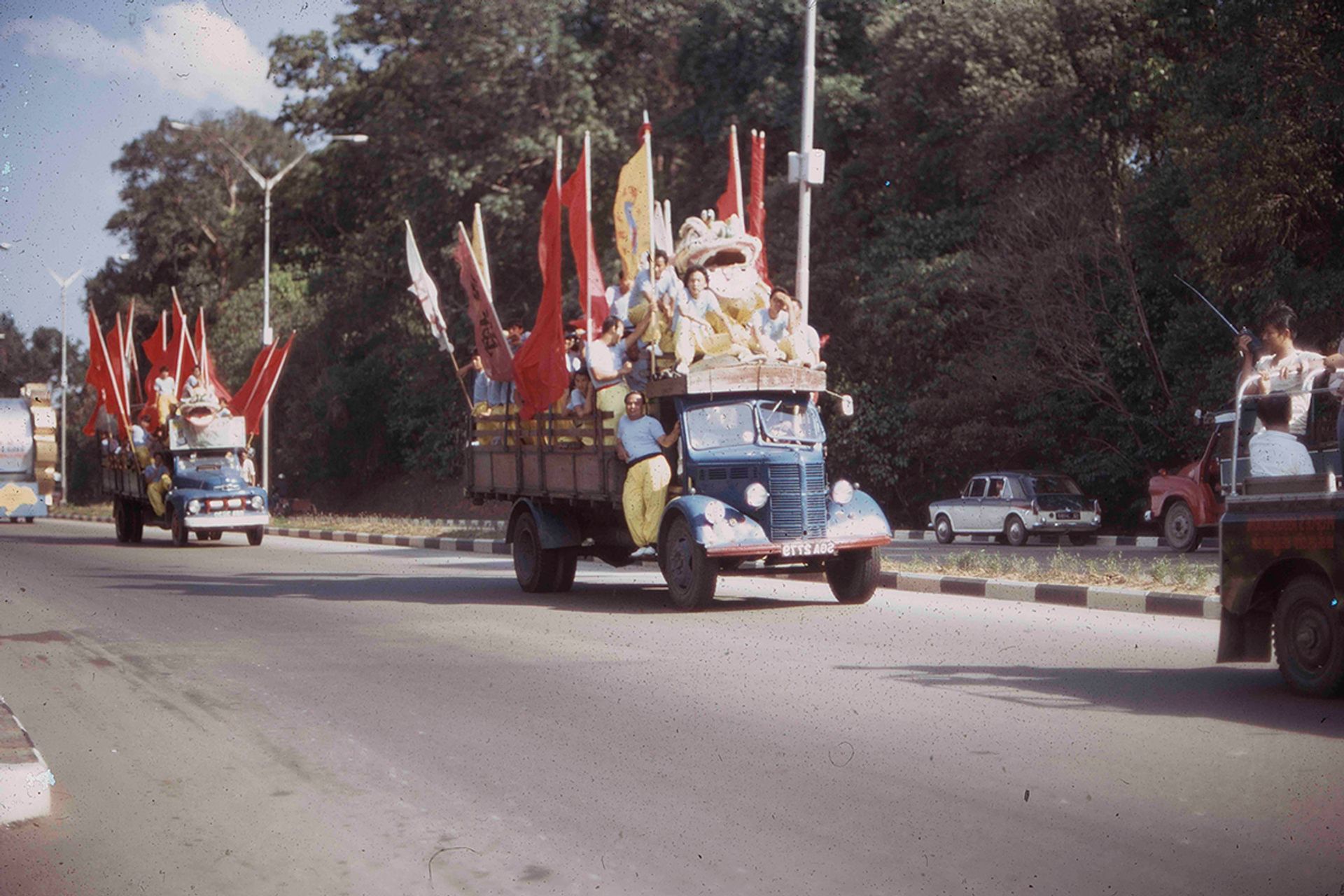
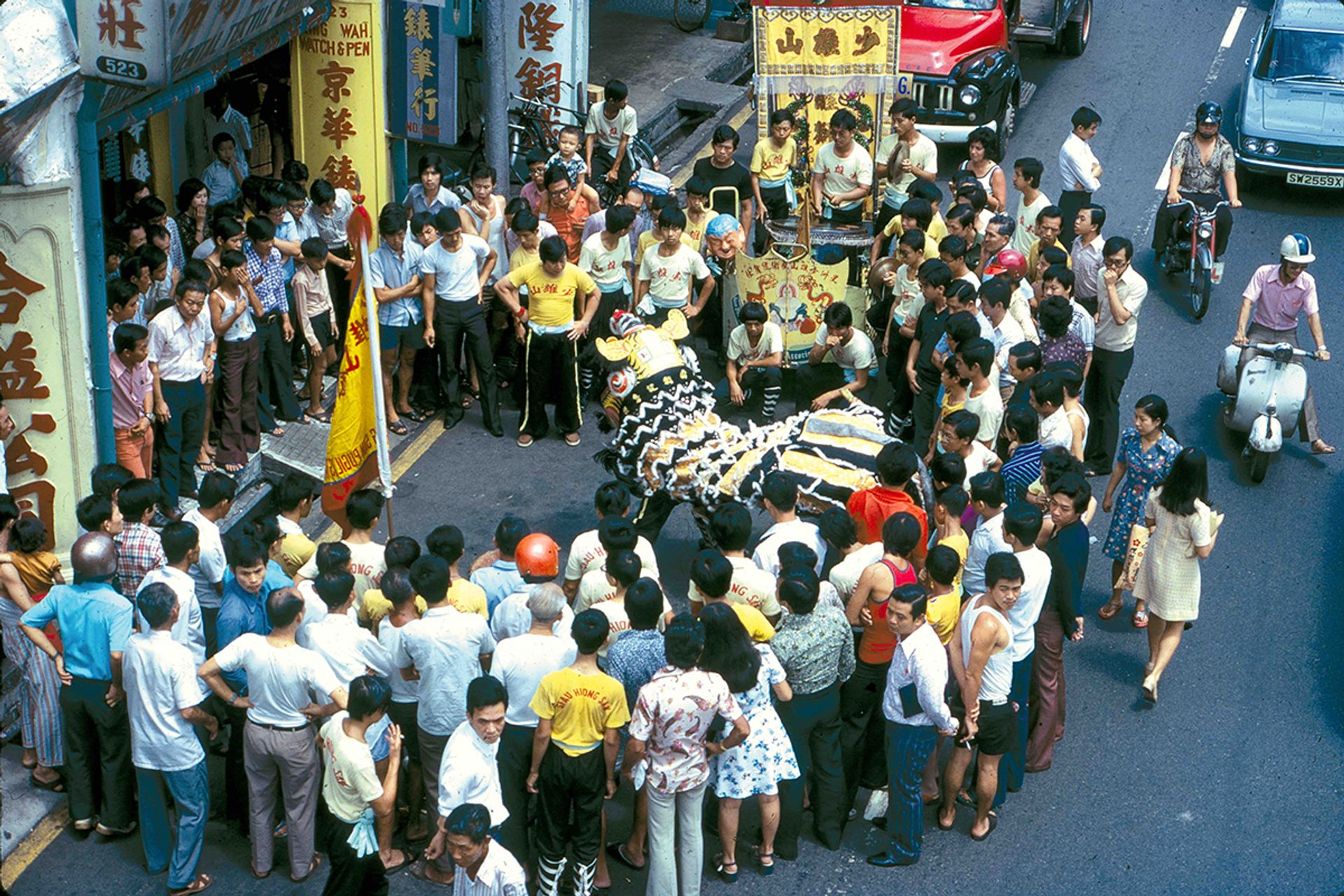
Recounting memories of her grandfather, she said: “Once in a while I would also sneak into grandpa’s ‘Toy Room’ to check out the film and photos, which appeared slightly off-limits as he was always in there doing what seemed like very serious work.”
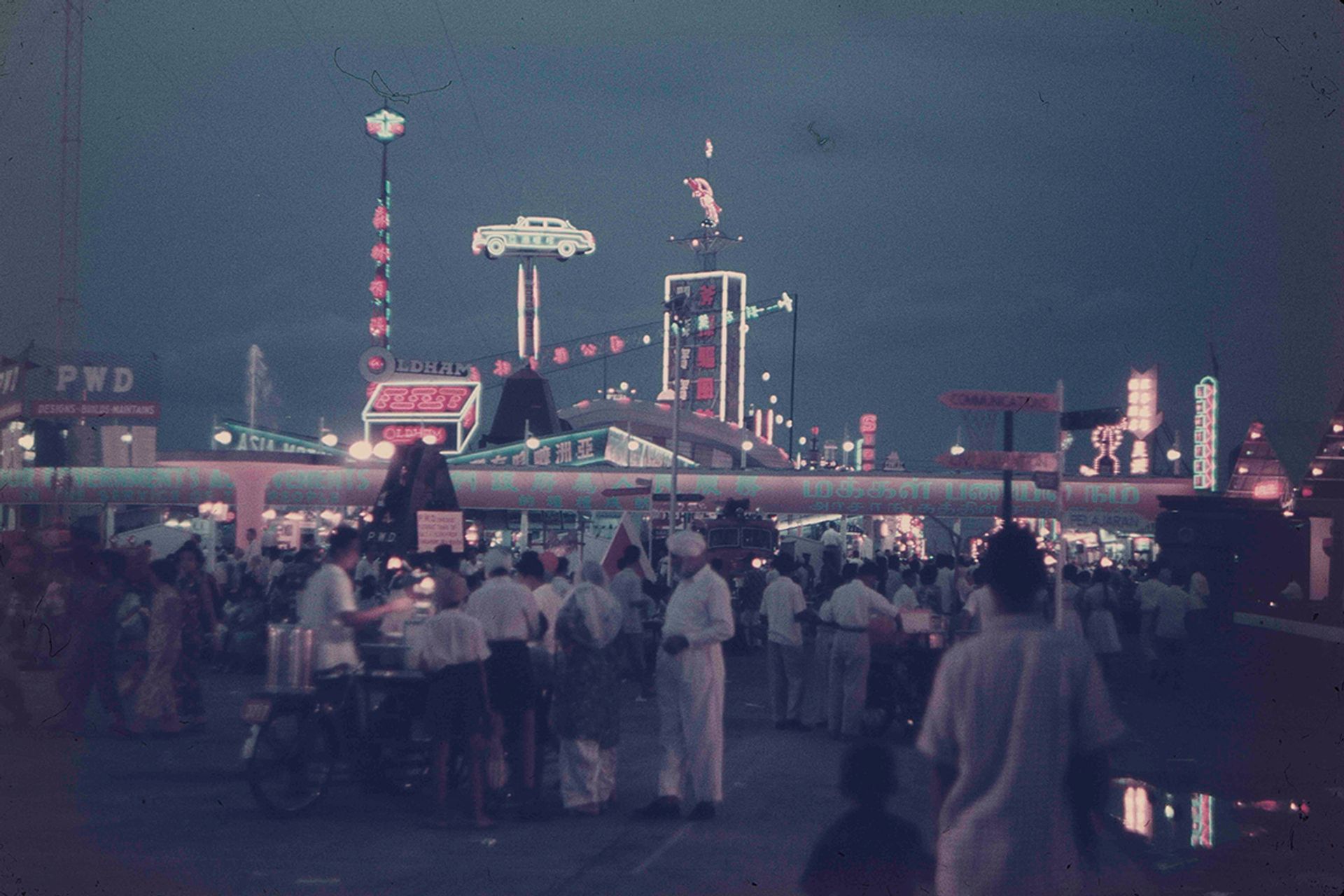
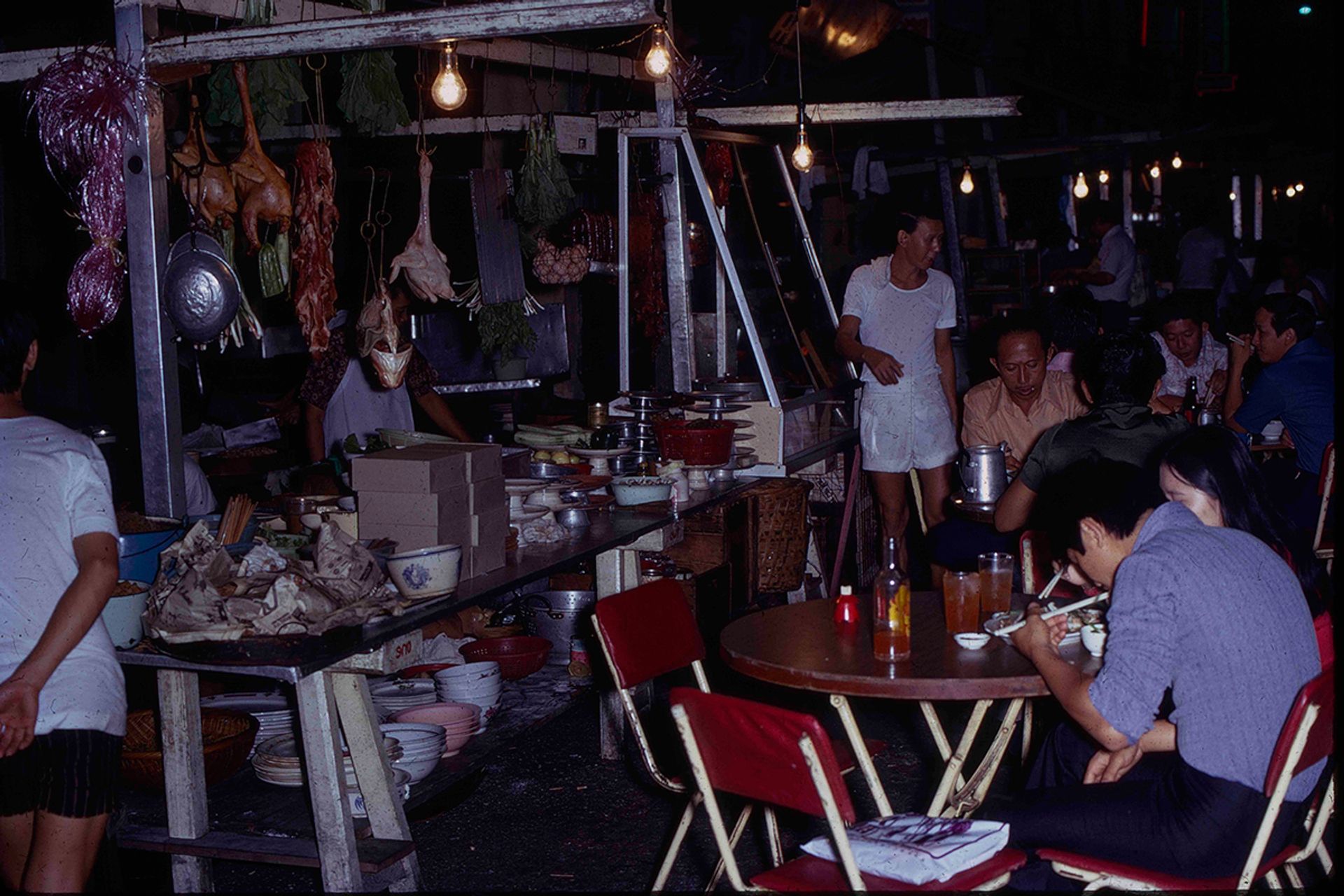
She later learnt he was in the arduous process of digitising the extensive film collection.
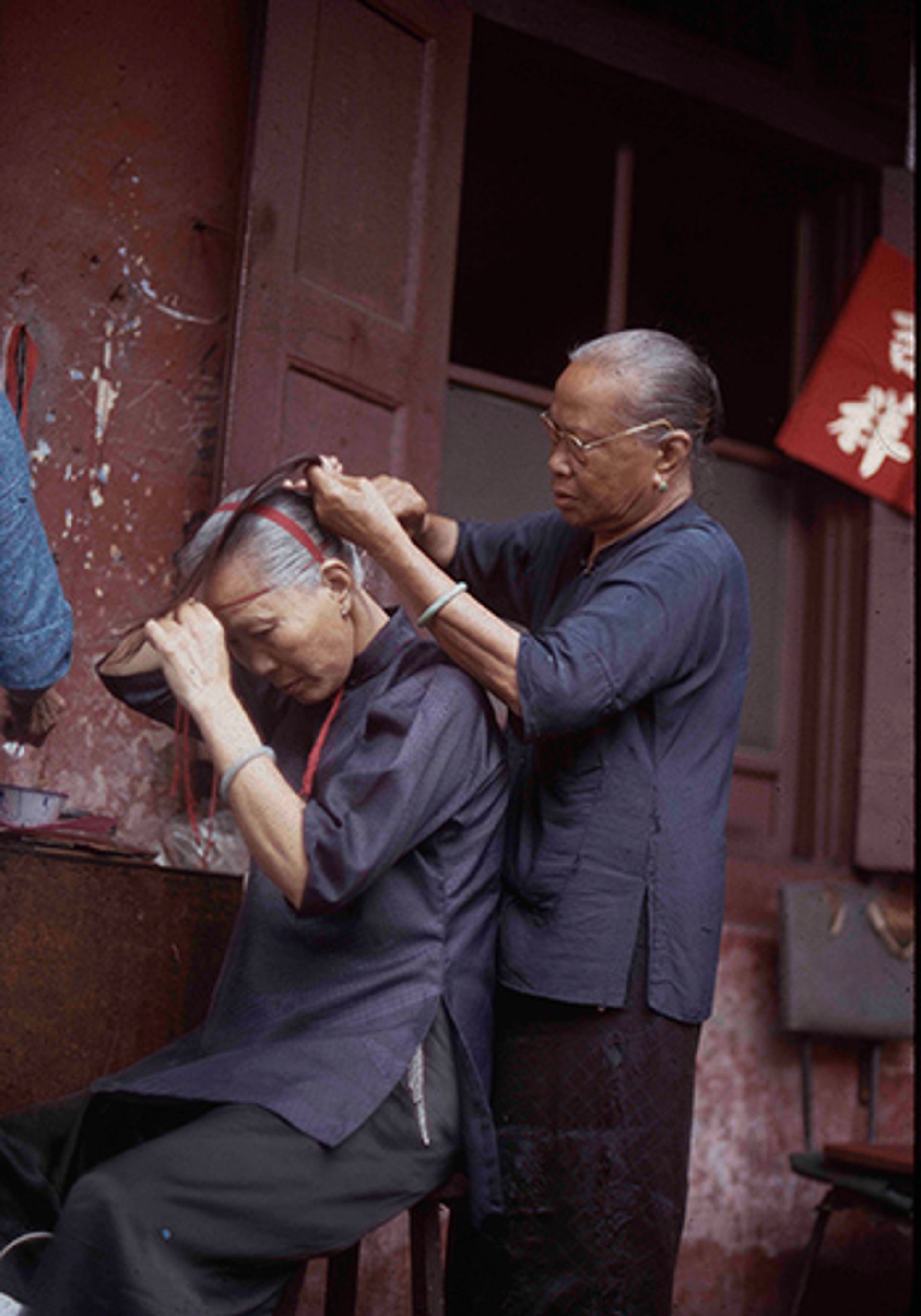
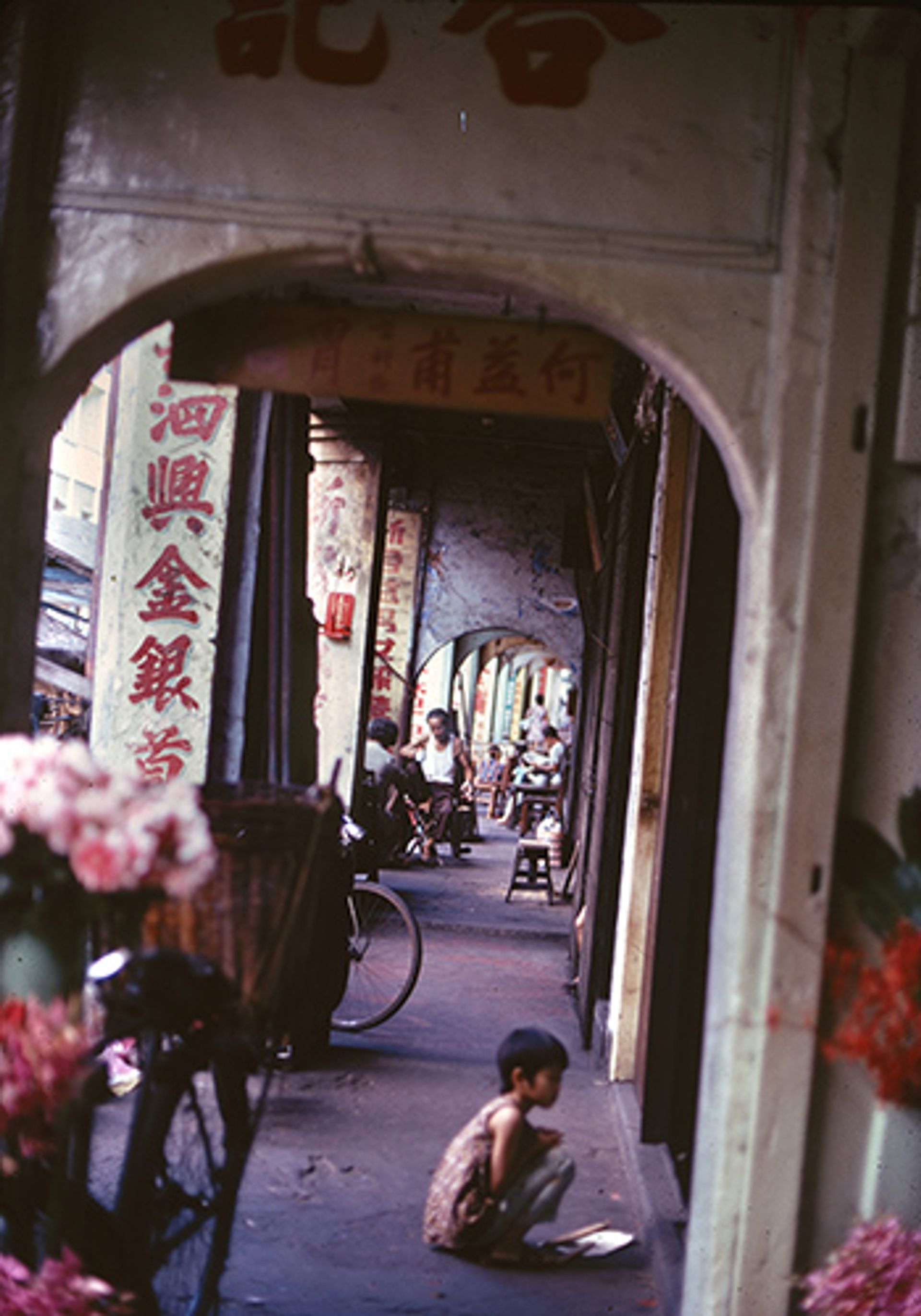
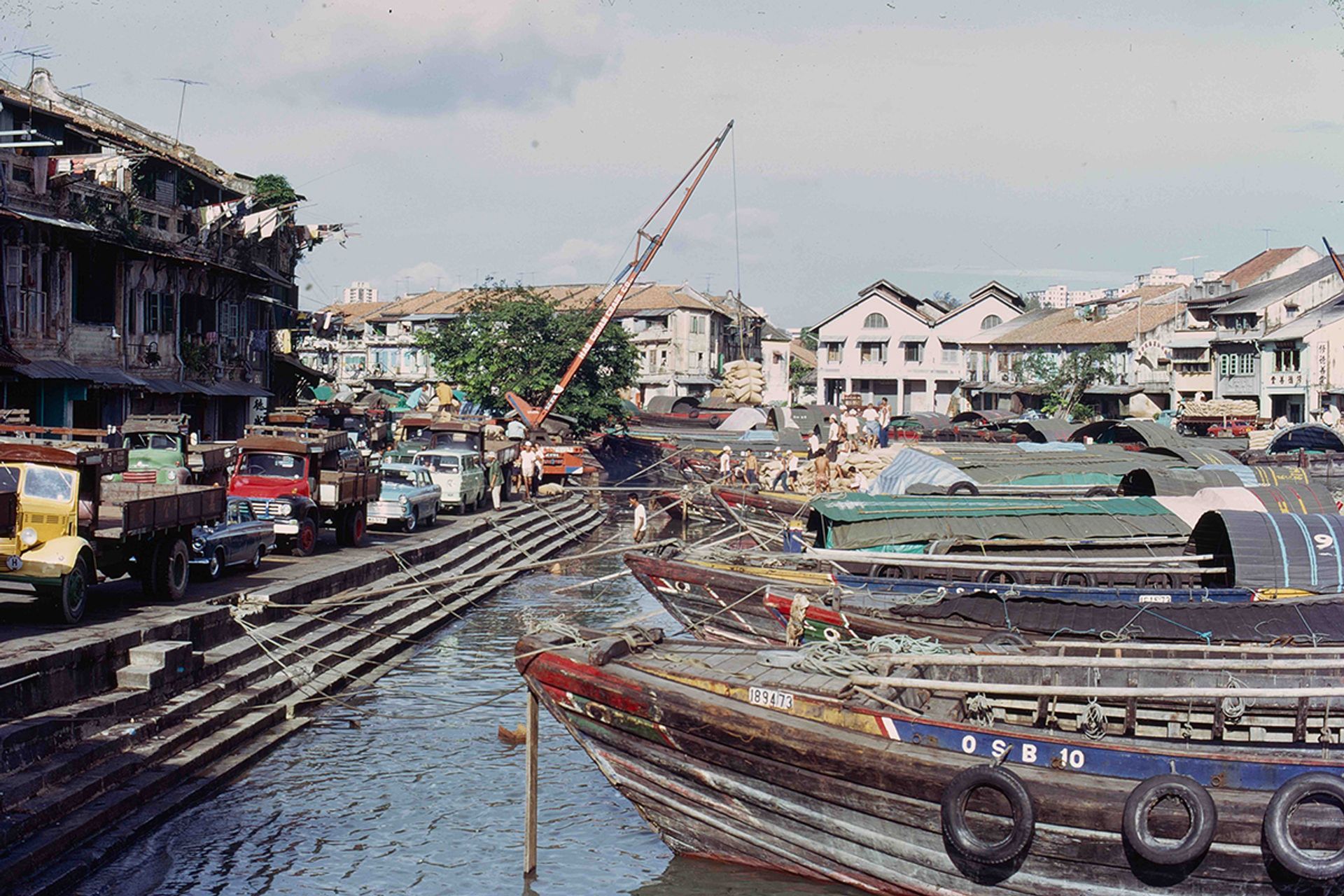
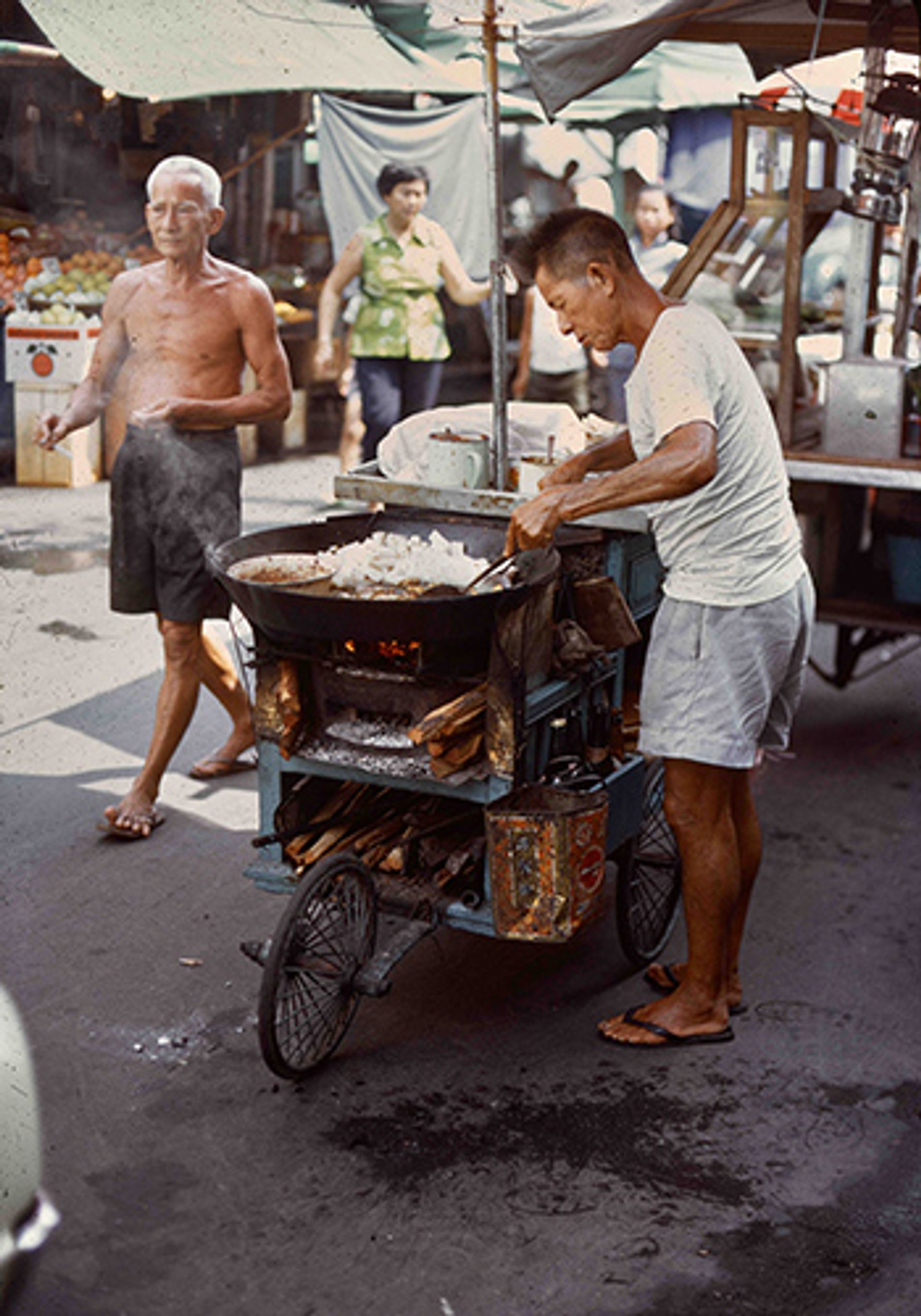
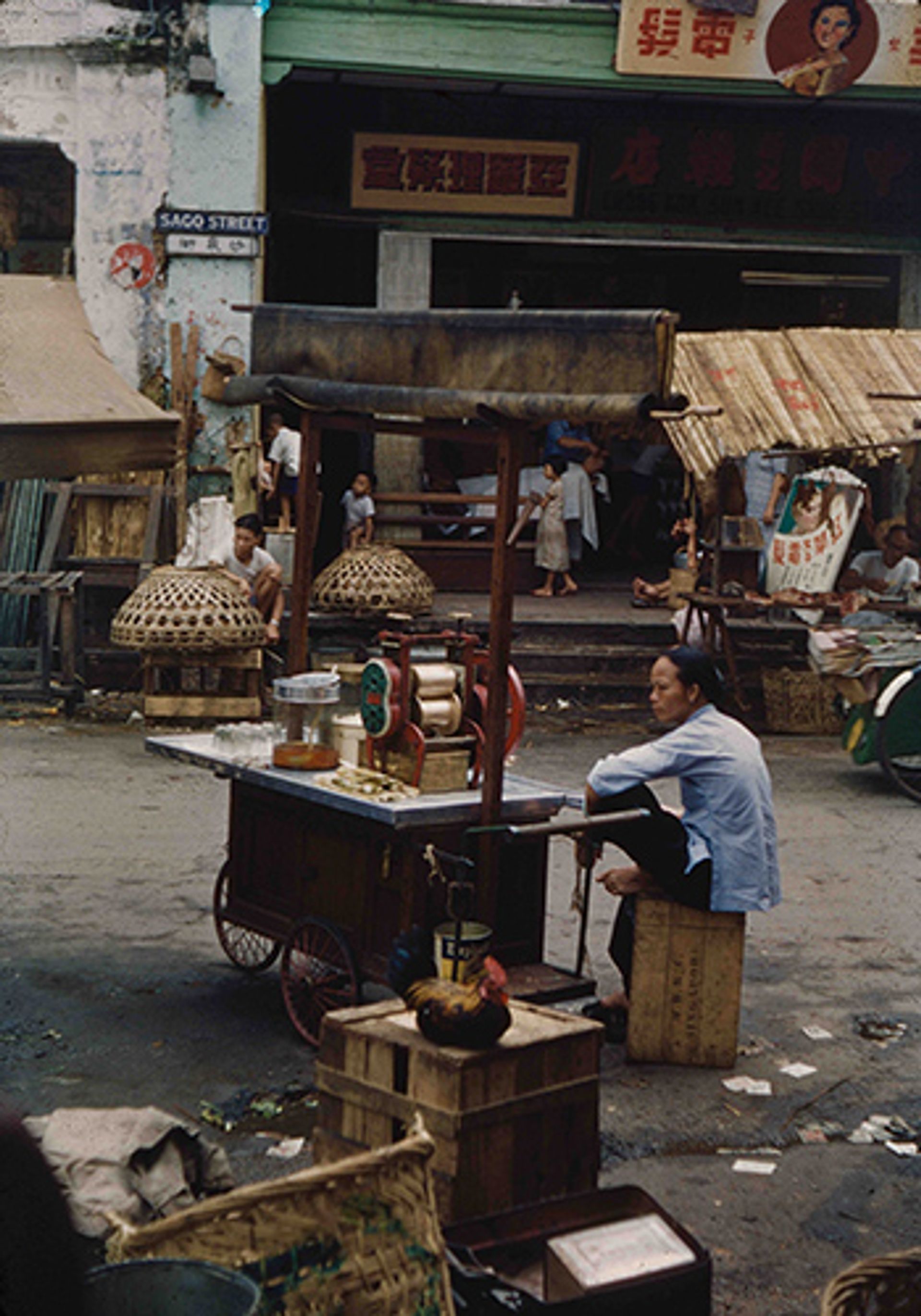
MORNING MARKET
Farmers, hawkers and other vendors setting up makeshift roadside stalls each morning in the streets of Chinatown.
One takeaway for Mr Rabier in learning about Singapore’s history from his grandfather’s archives, was how commonplace farming was in that era.
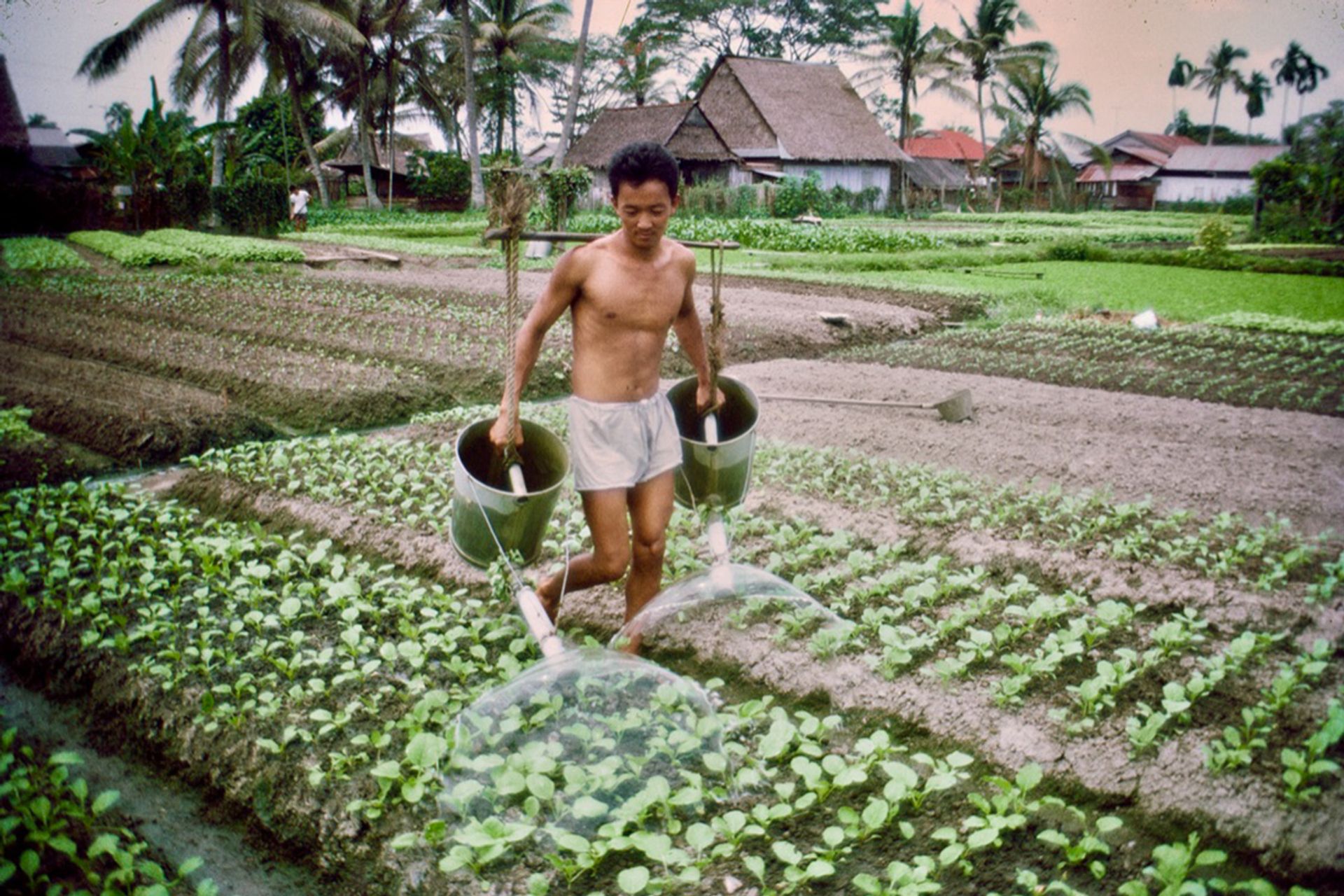
He said: “Agriculture was a big industry at the time, accounting for 9 per cent of GDP.”
END OF AN ERA
“Nowadays, these large fields that were once used for growing vegetables and raising livestock have turned into residential buildings.”
Watching footage and going through photographs depicting night-soil collectors, letter writers, noodle makers and samsui women, as well as construction workers and farmers, was, for Ms Rabier, watching history come to life.
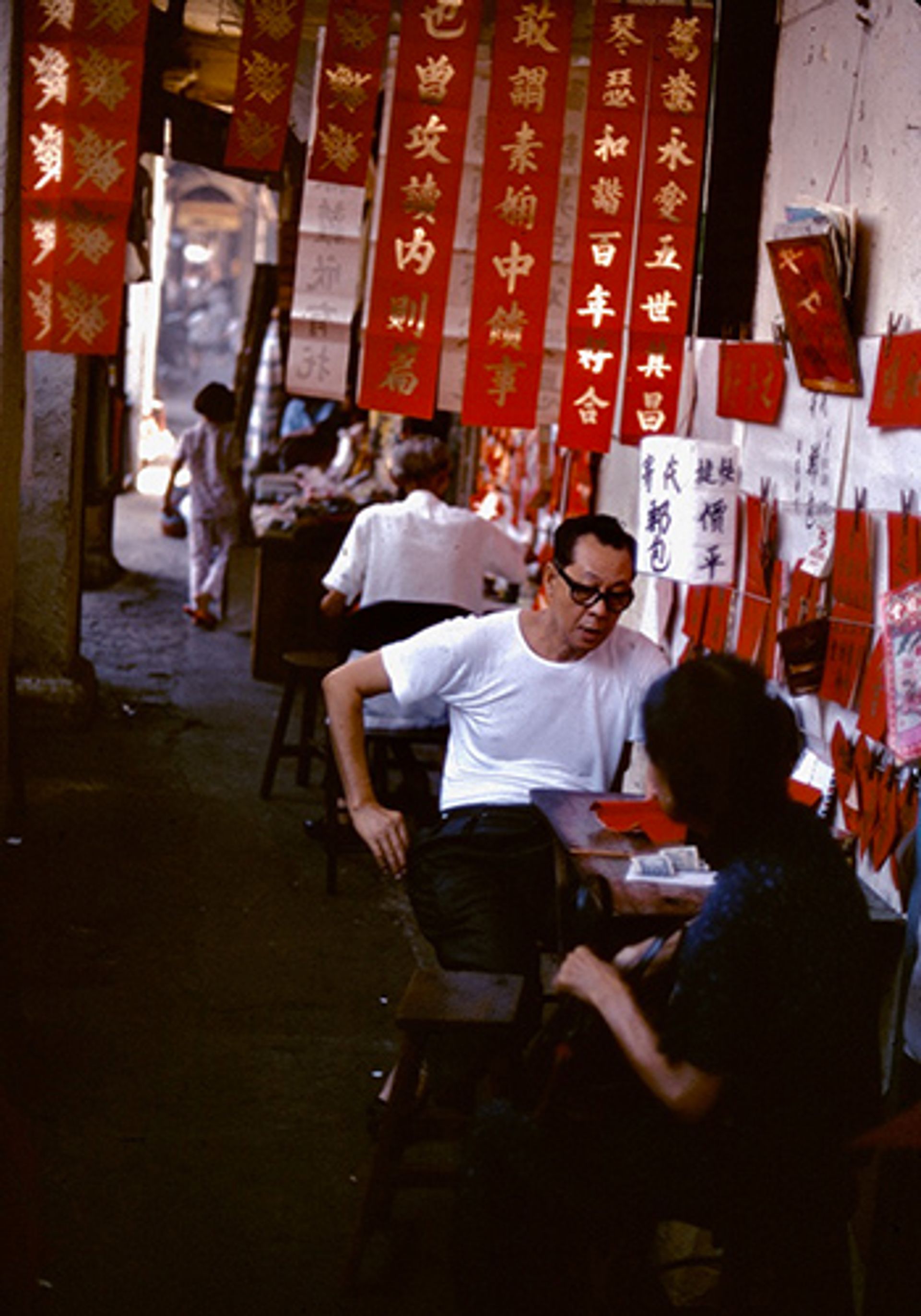
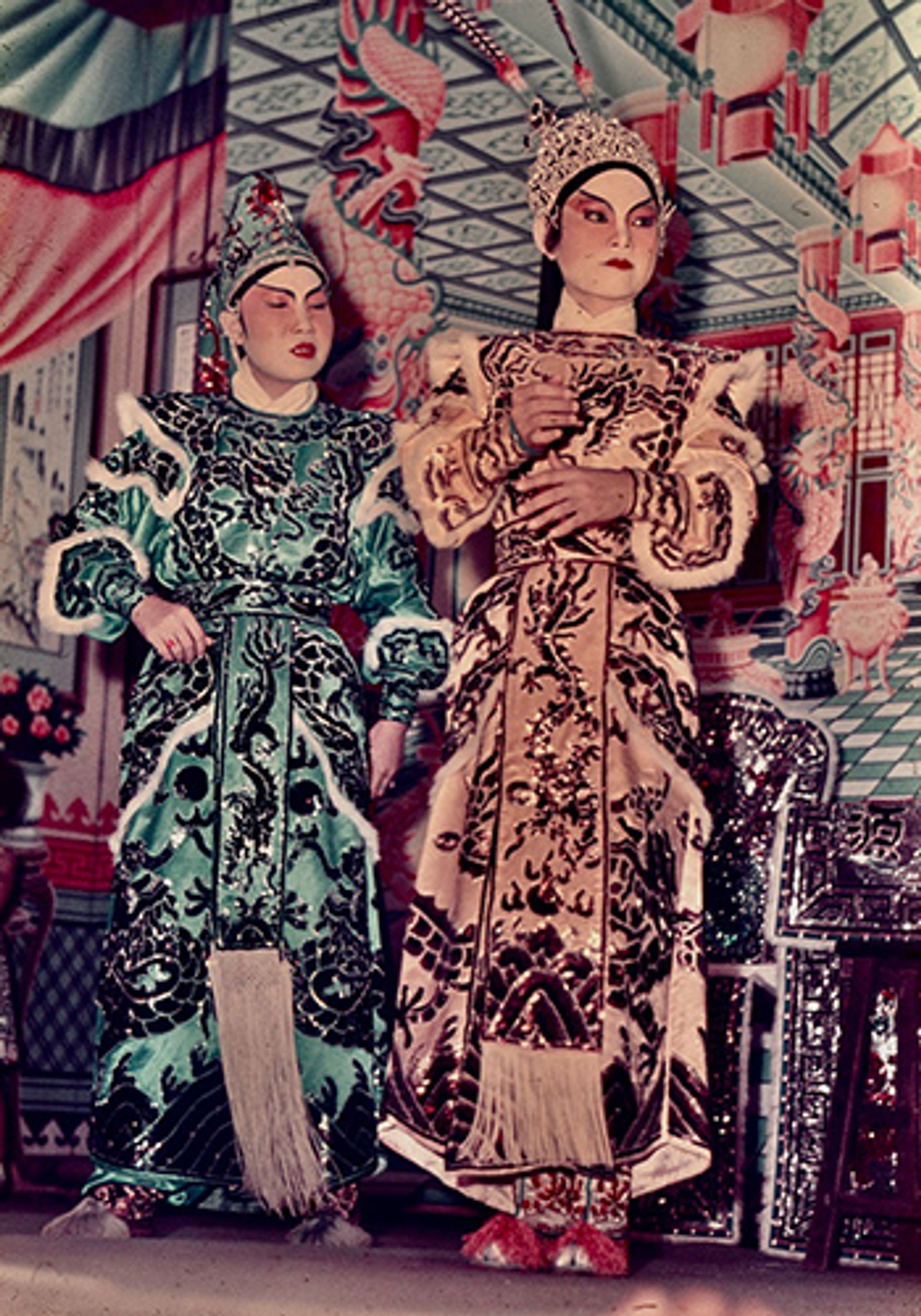
She said: “What amazed me the most was that even in the late 1960s and 70s, there were people who still sustained themselves from the land.
“It’s fascinating to learn that many practices we are exploring today in the realm of regenerative and self-sustaining agriculture have historical roots in the region.”
Ms Rabier said that her grandfather’s extensive body of work showcased his profound sense of compassion, and his deep love and respect for both nature and people.
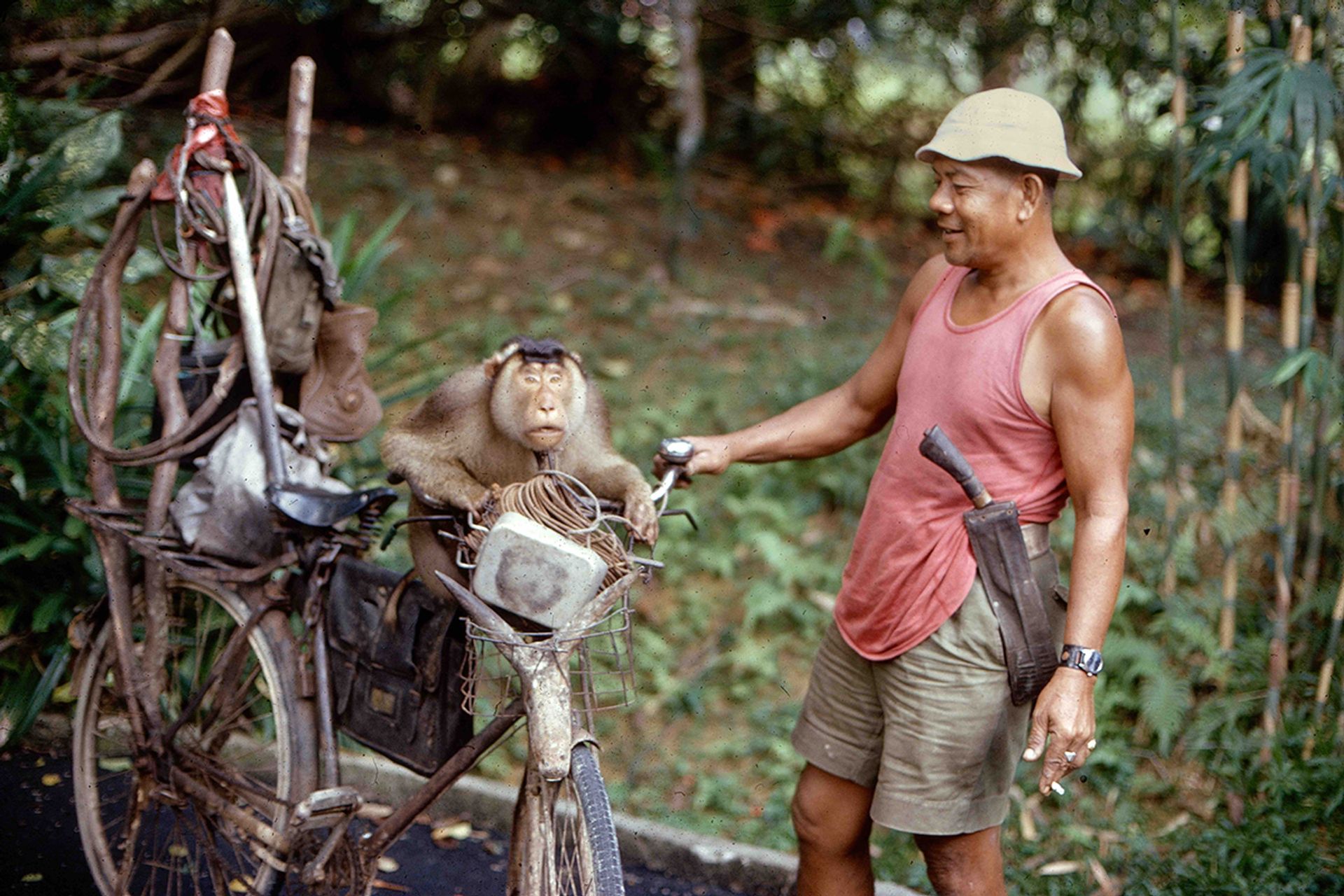
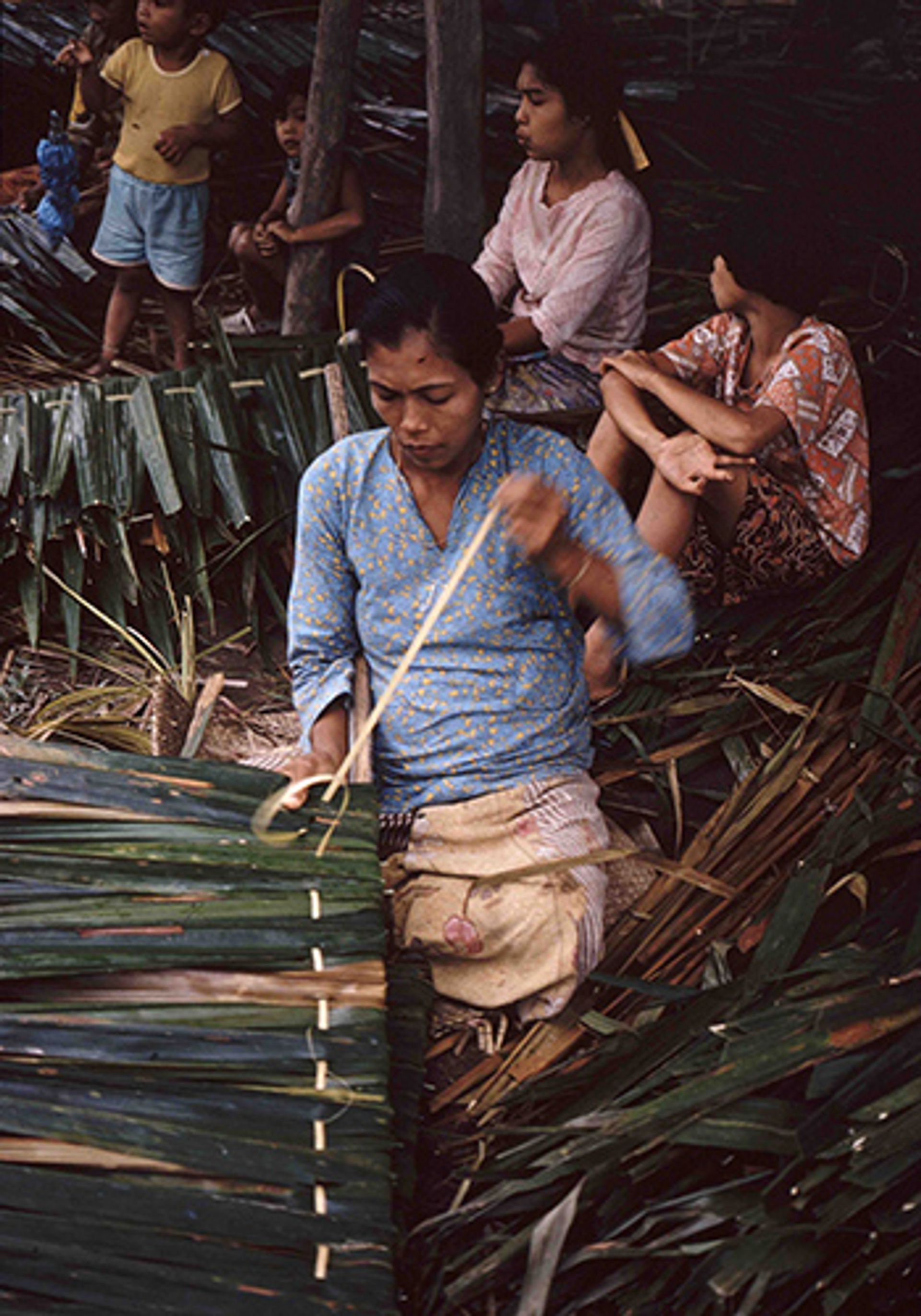
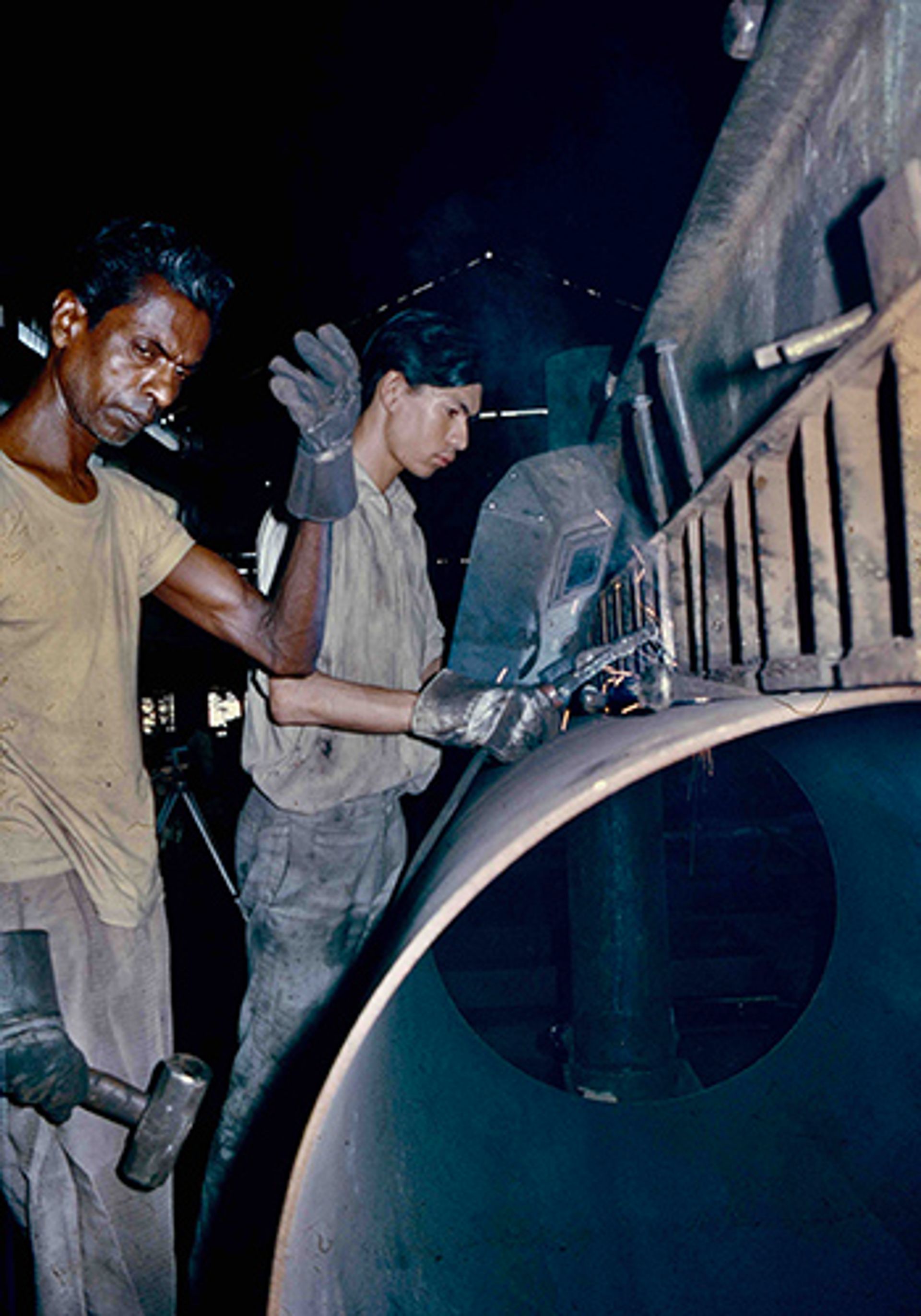
Ms Rabier shared a memory about her grandfather when she was about 10 years old cruising down a Malaysian river in a tiny, shaky canoe looking for fireflies.
She said: “He kept a curiosity about the world that most individuals only encounter during their childhood years. I truly believe there is a valuable lesson for us all to learn from this.”
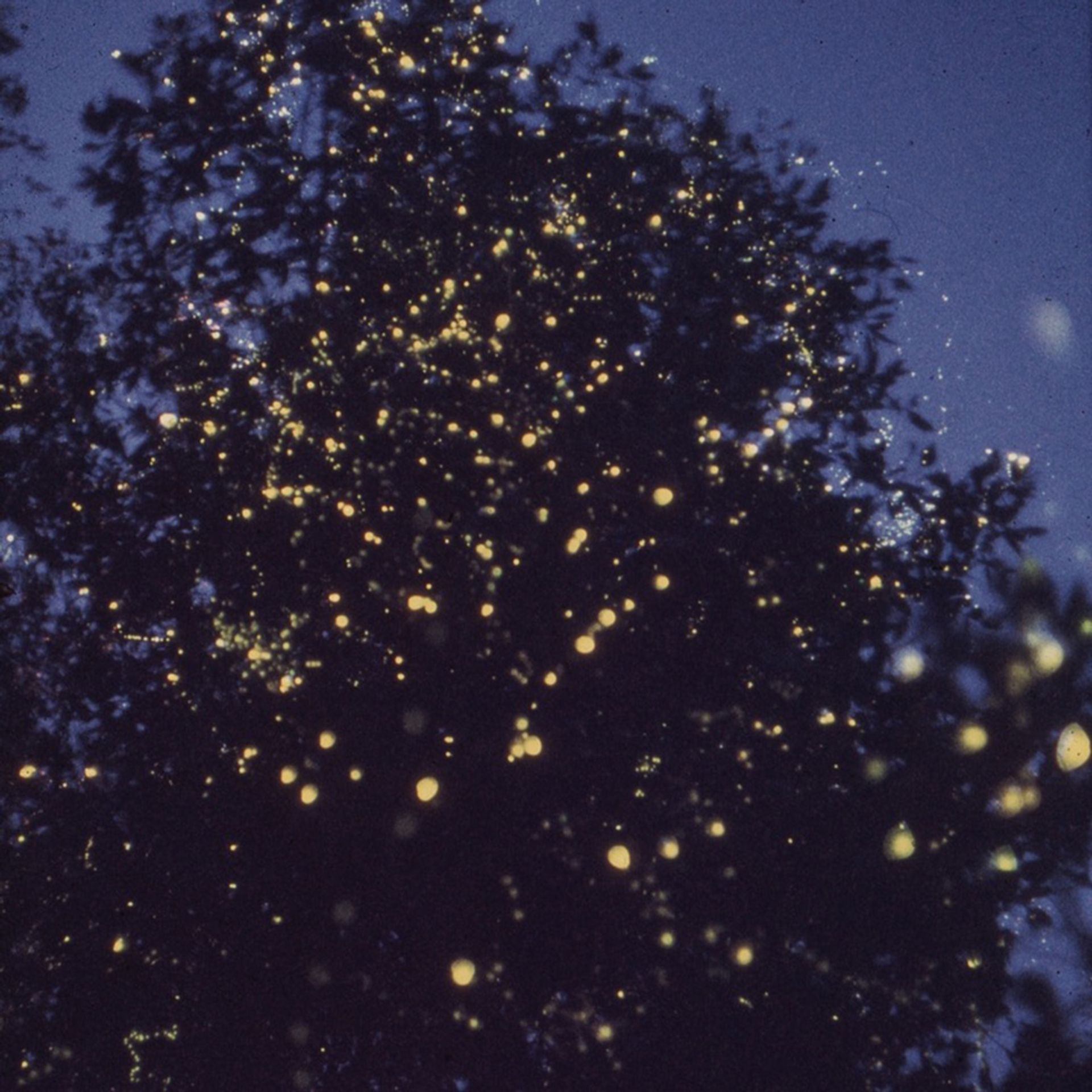
The book, Once Upon an Island: Images of Singapore (1950-1980) through the lens of Dr Ivan Polunin, is currently being printed. Interested buyers can be notified of the book’s launch party at www.ivanpolunin.com or on Instagram @ivanpoluninarchives and pre-order the book on the website.


